As we reflect upon the 80th anniversary of the D-Day invasion, my thoughts were drawn back to my 2009 visit to the beaches of Normandy. This report was originally published on May 28, 2018.
Some trips leave indelible marks, with sights and sounds forever-ingrained in your memory. My journey to the beaches and cemeteries of Normandy was one such trip.
My uncle and I were in London, but wanted to visit the famous of World War II beaches in the Normandy region of western France. Rather than fly to Paris and take a train, we opted to take a train to Portsmouth, England than an overnight ferry to Caen. We’d spend the day in Normandy, then take an overnight ferry back to England.
This trip was in Spring 2009…before I started blogging. Thus, there will not be a detailed review of Brittany Ferries and its amenities. In fact, for both voyages we simply retreated to our room, turned the lights out, and went to sleep.
But what a great solution that was. At about 150GBP r/t, the cost of a compartment for two was less than the cost of a three-star hotel room and we saved literally two days by traveling overnight.
We left rainy Portsmouth on Tuesday evening at 10:45p, with a 6:45a arrival in Caen. Including the one-hour time change, that left 6.5 hours for sleeping: a relatively short night. Radios in the compartment began blaring classical music about a half hour before arrival.




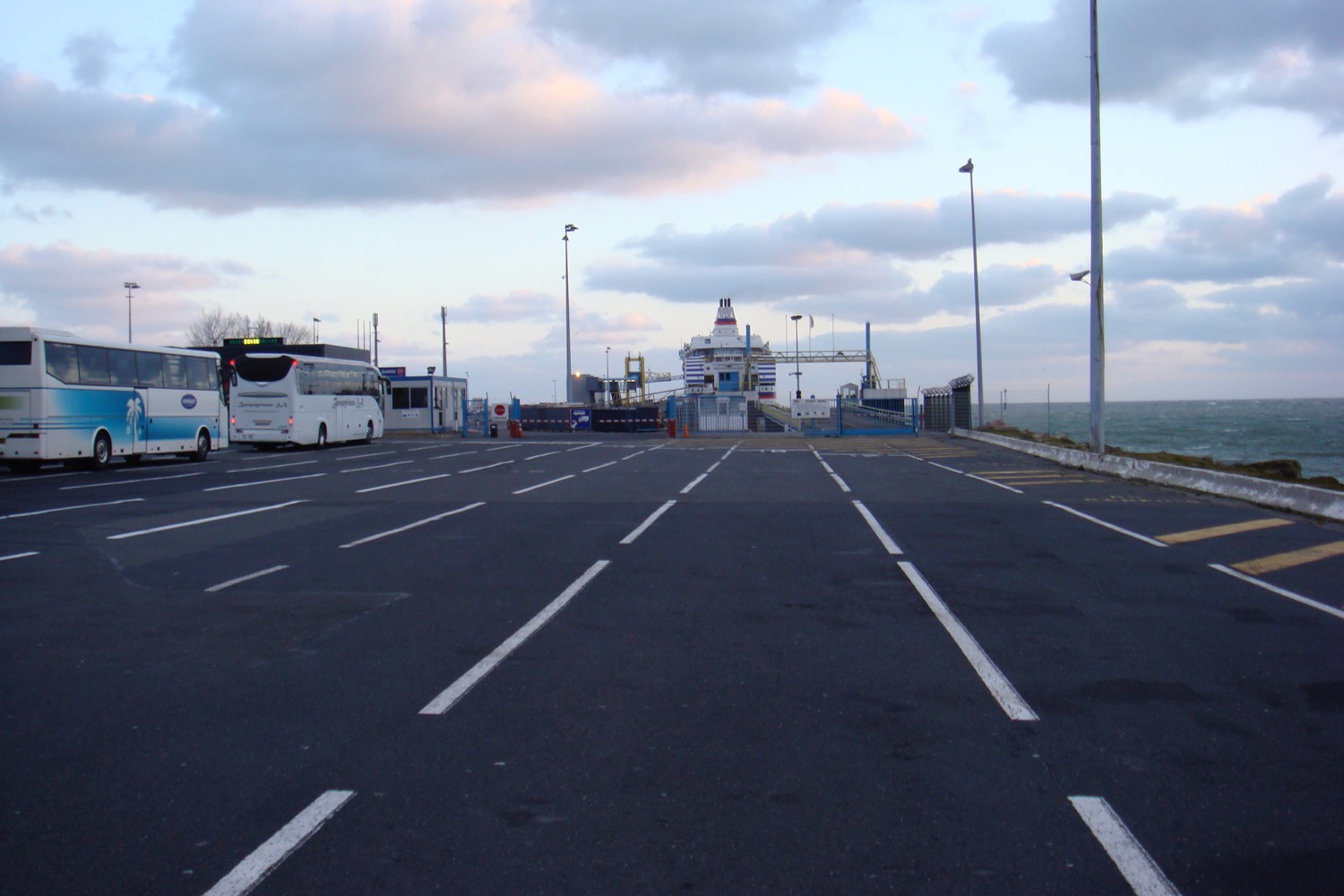
Upon reaching Caen, a representative from Avis met us at the ferry port and drove us to the Avis office in town, where a small Citroën was assigned to us. Small problem: only manual transmission vehicles were available. I had never driven a manual transmission and my uncle had not driven one in 30 years.

Driving would be an adventure that day: sometimes painful (plenty of stalls), sometimes fun. Thankfully, the roads in this region of France were largely deserted.
Visiting Normandy American Cemetery
Our first stop was the Normandy American Cemetery, which overlooks the beaches where the WWII Normandy landing took place.

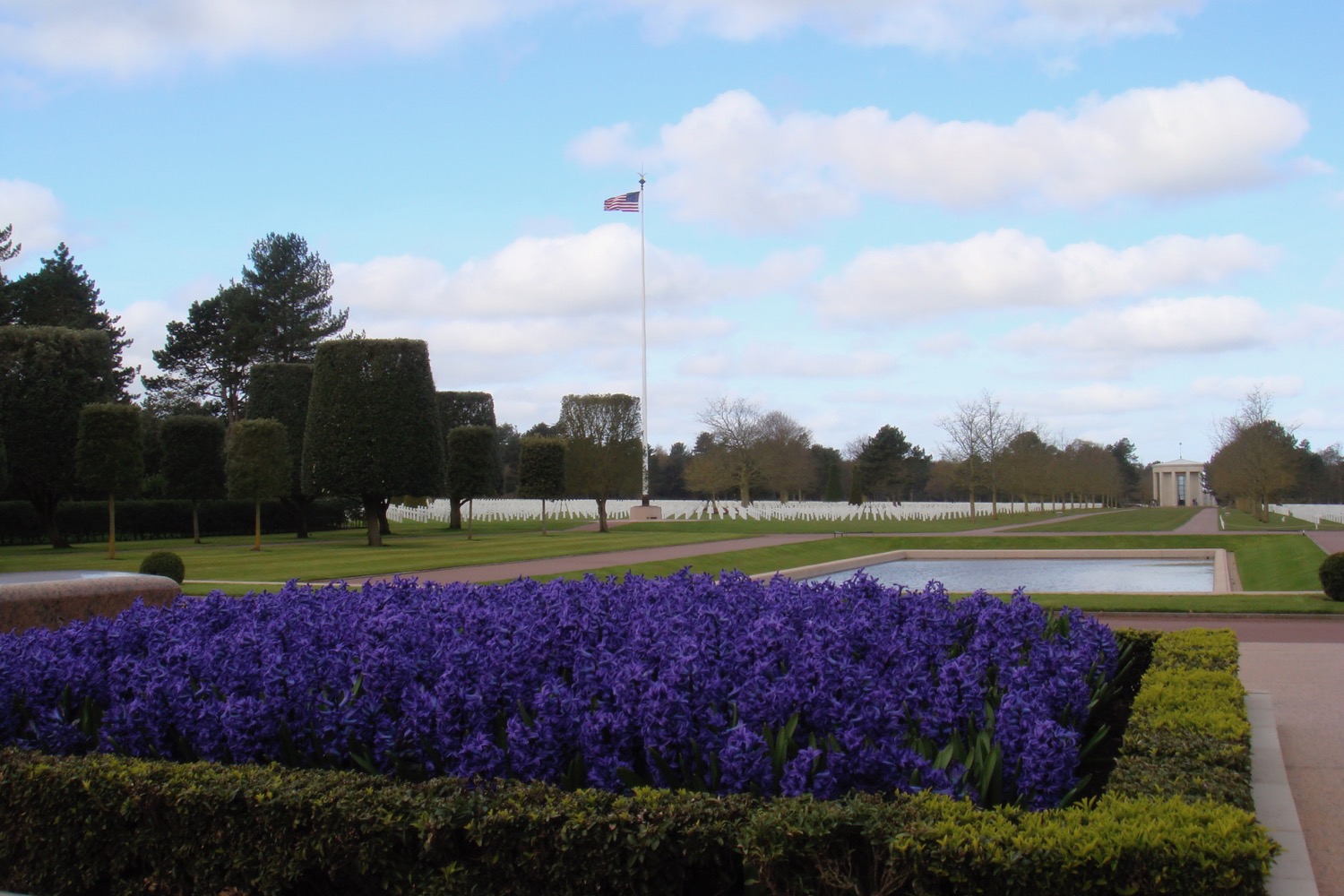
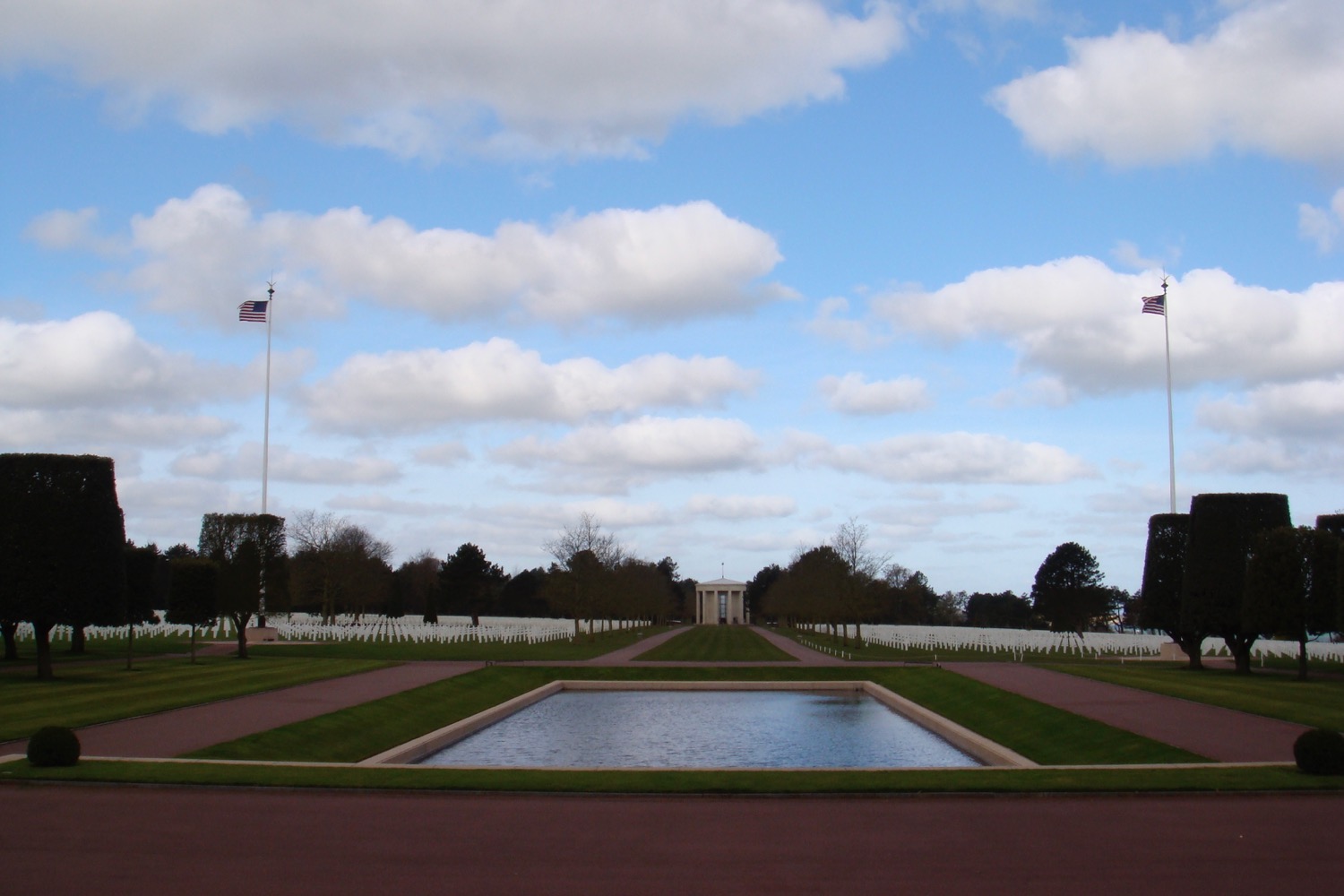




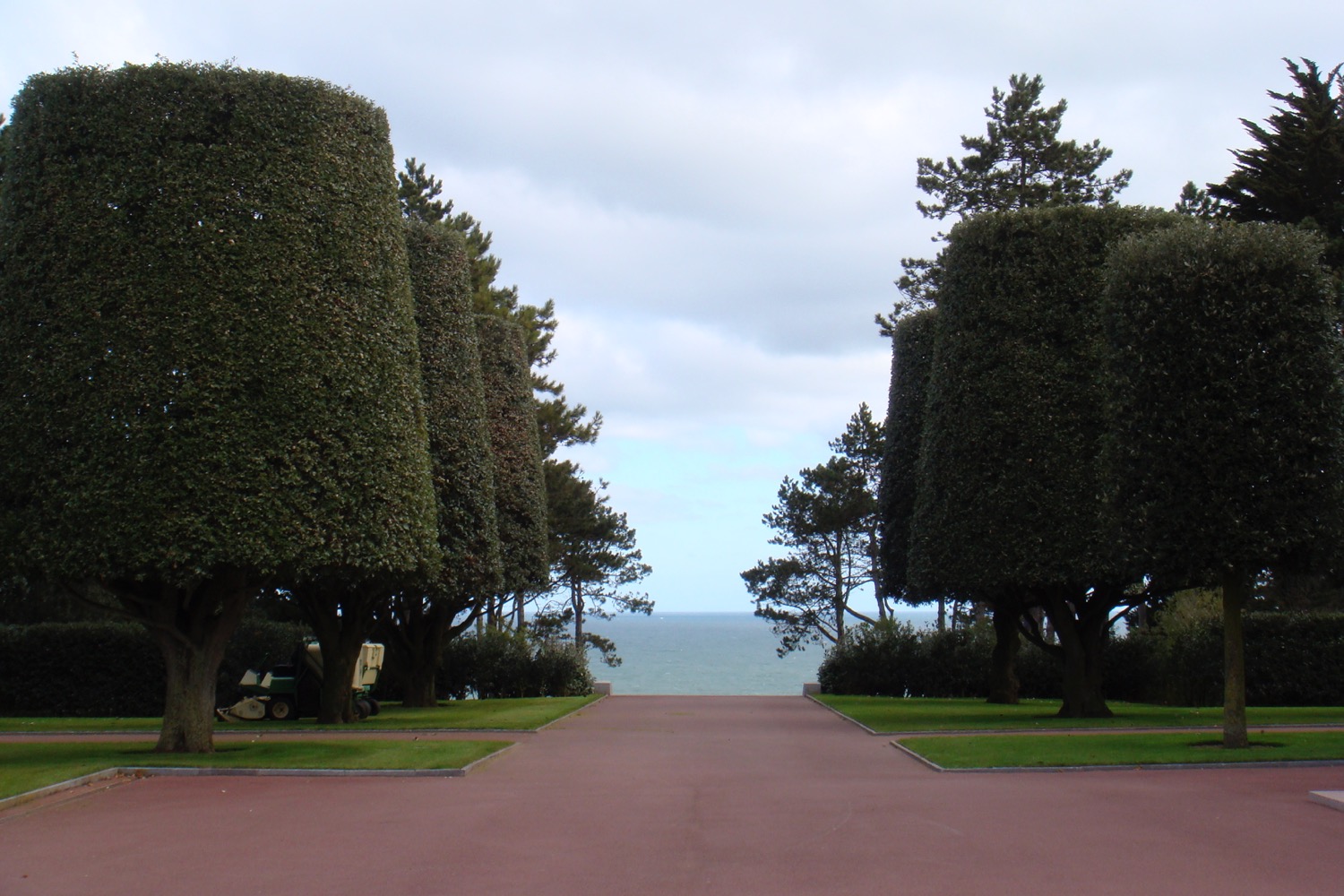
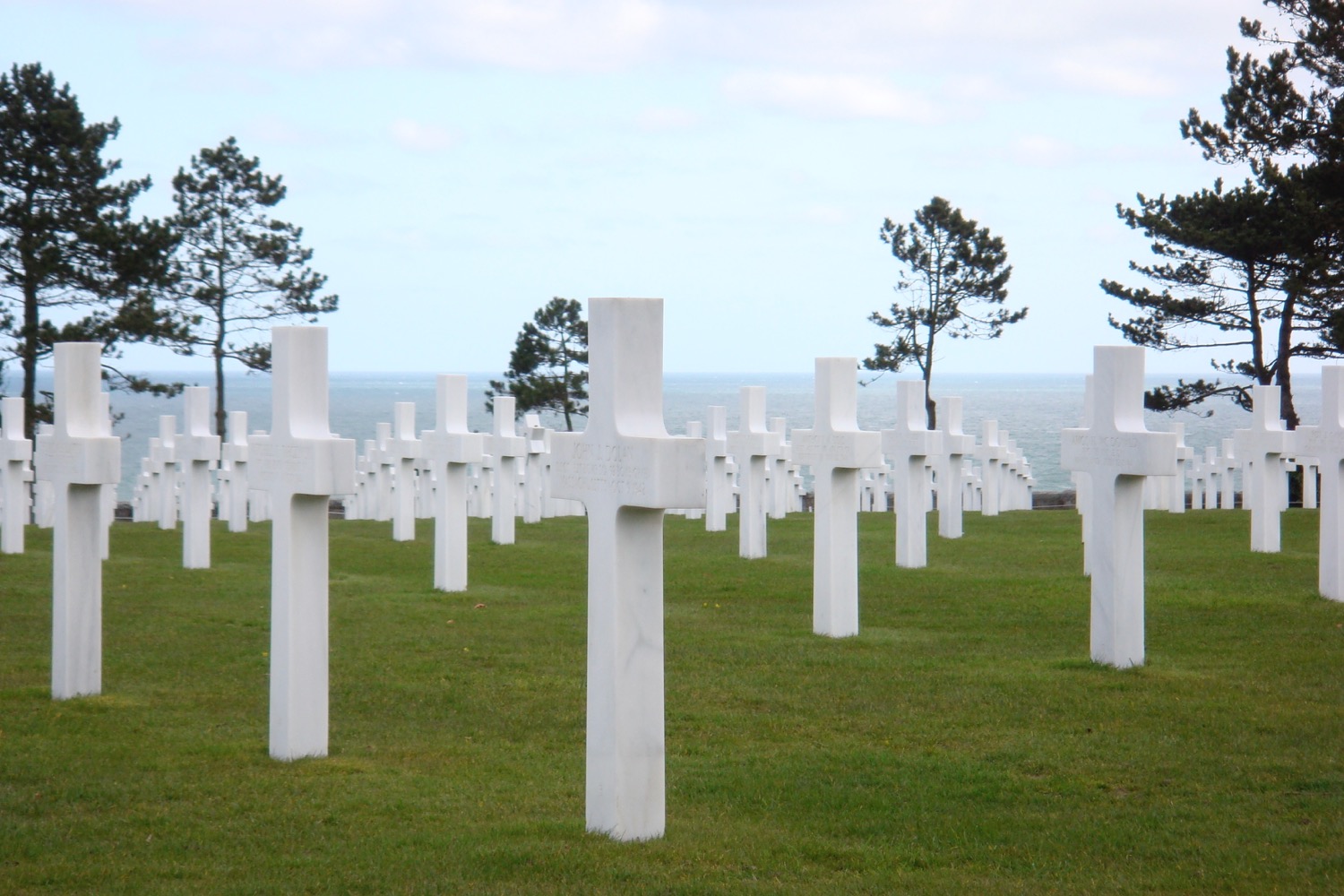



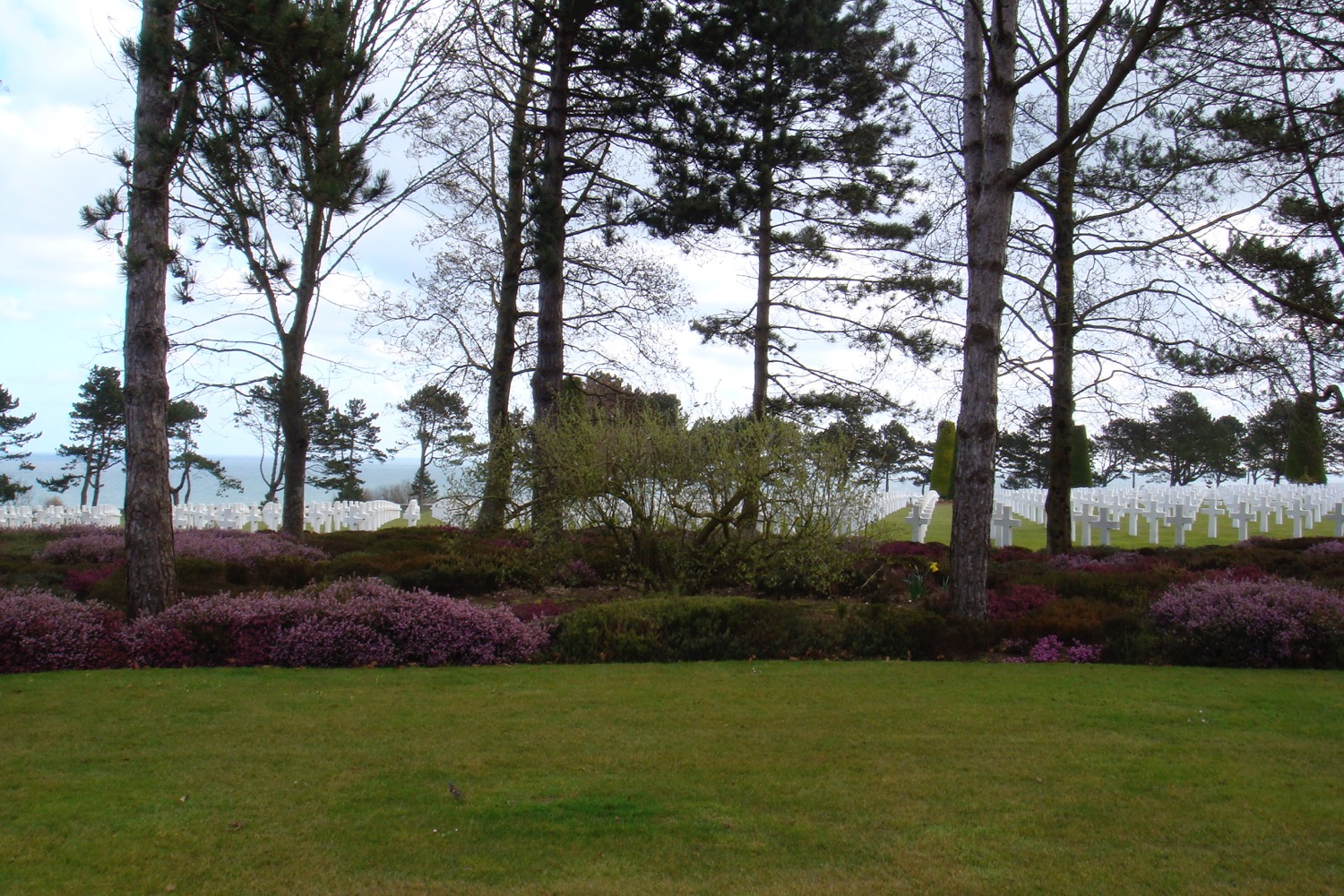
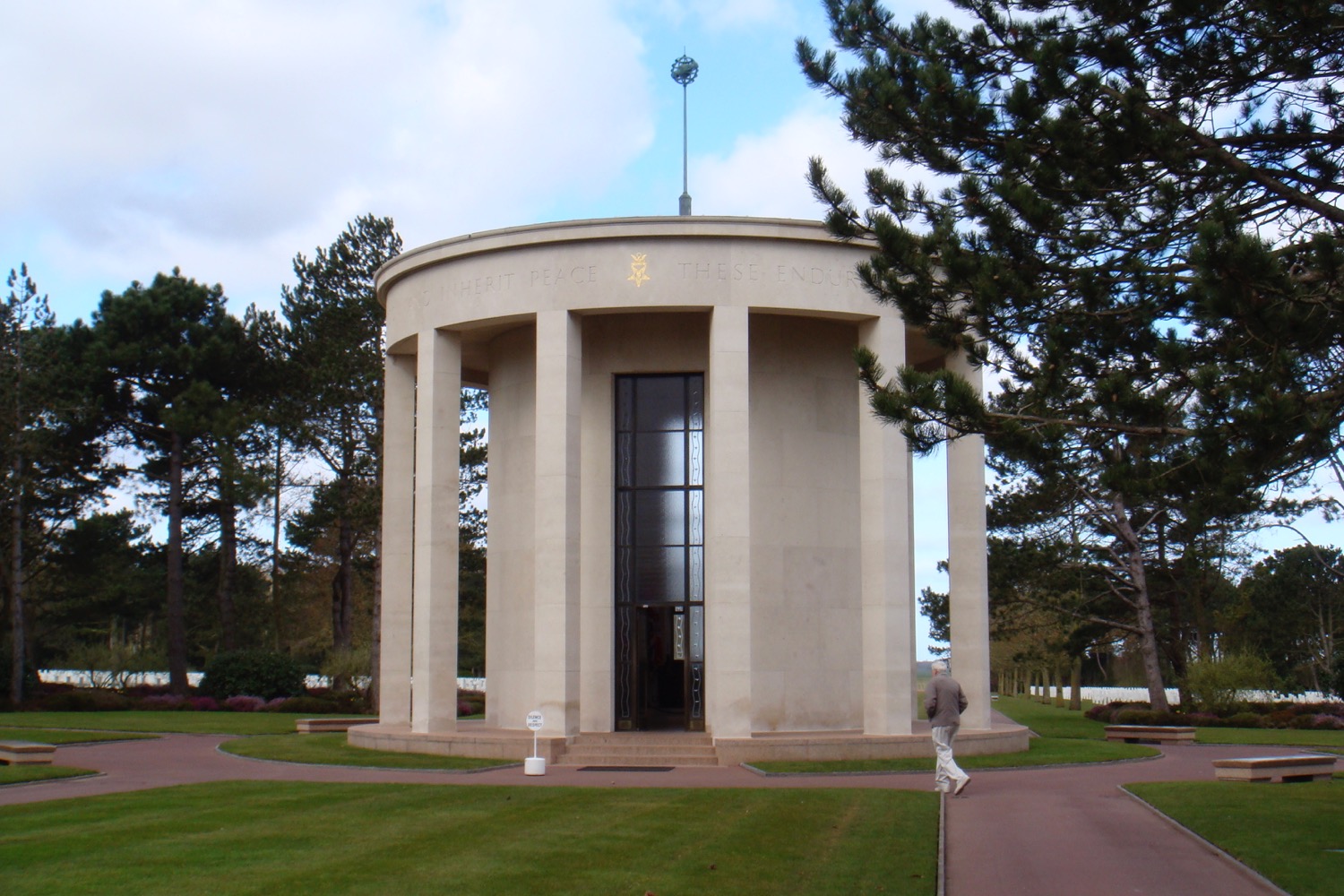
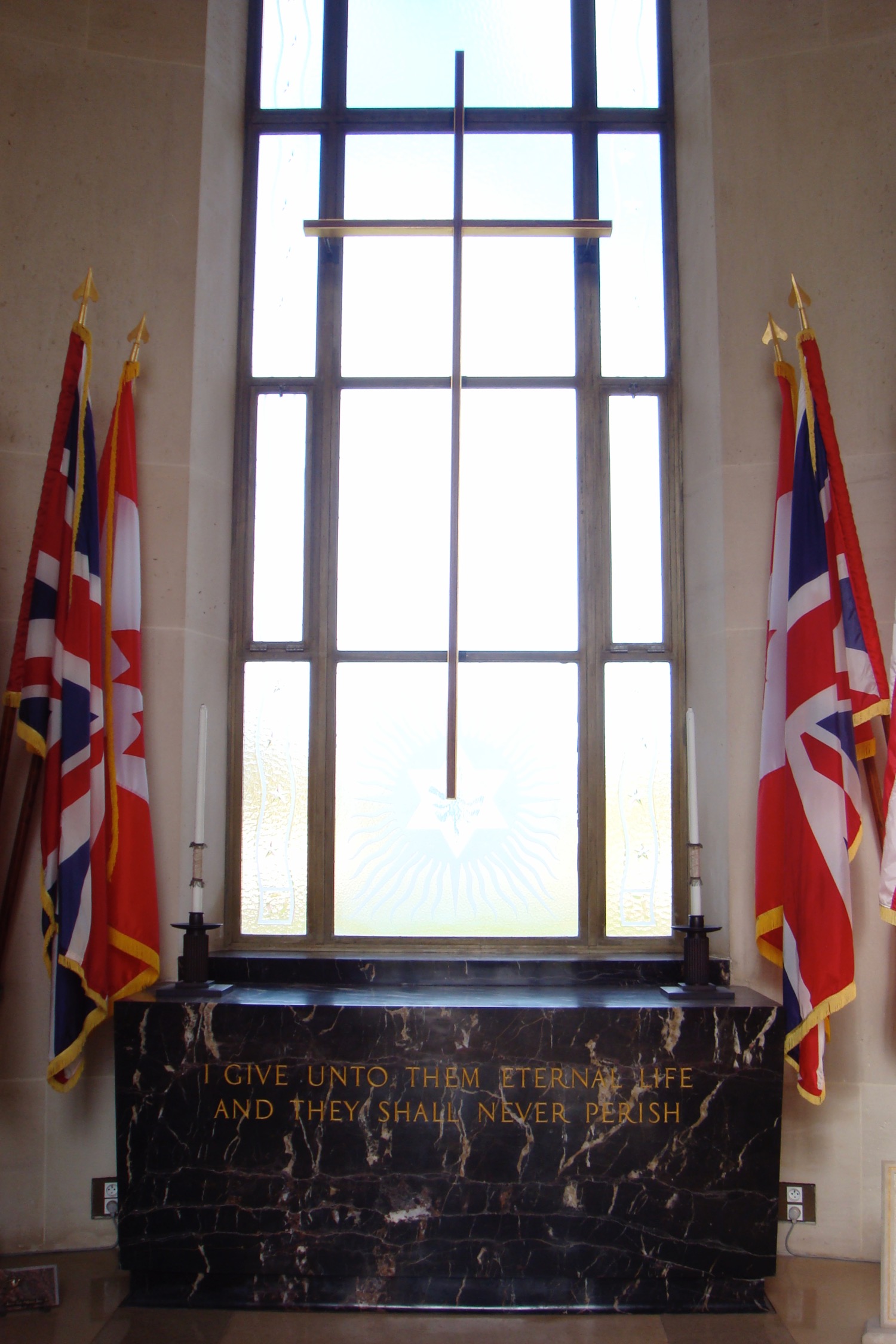
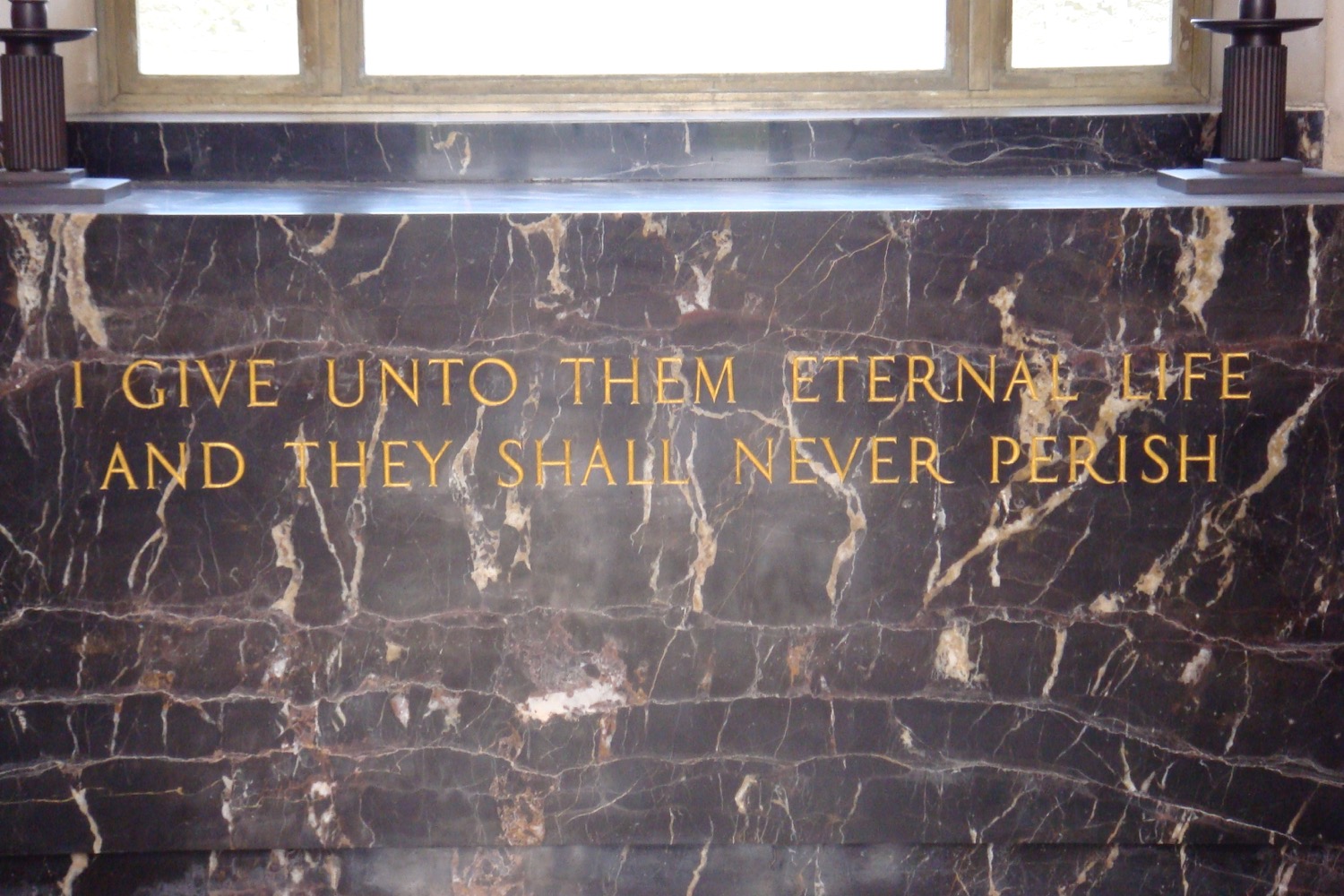

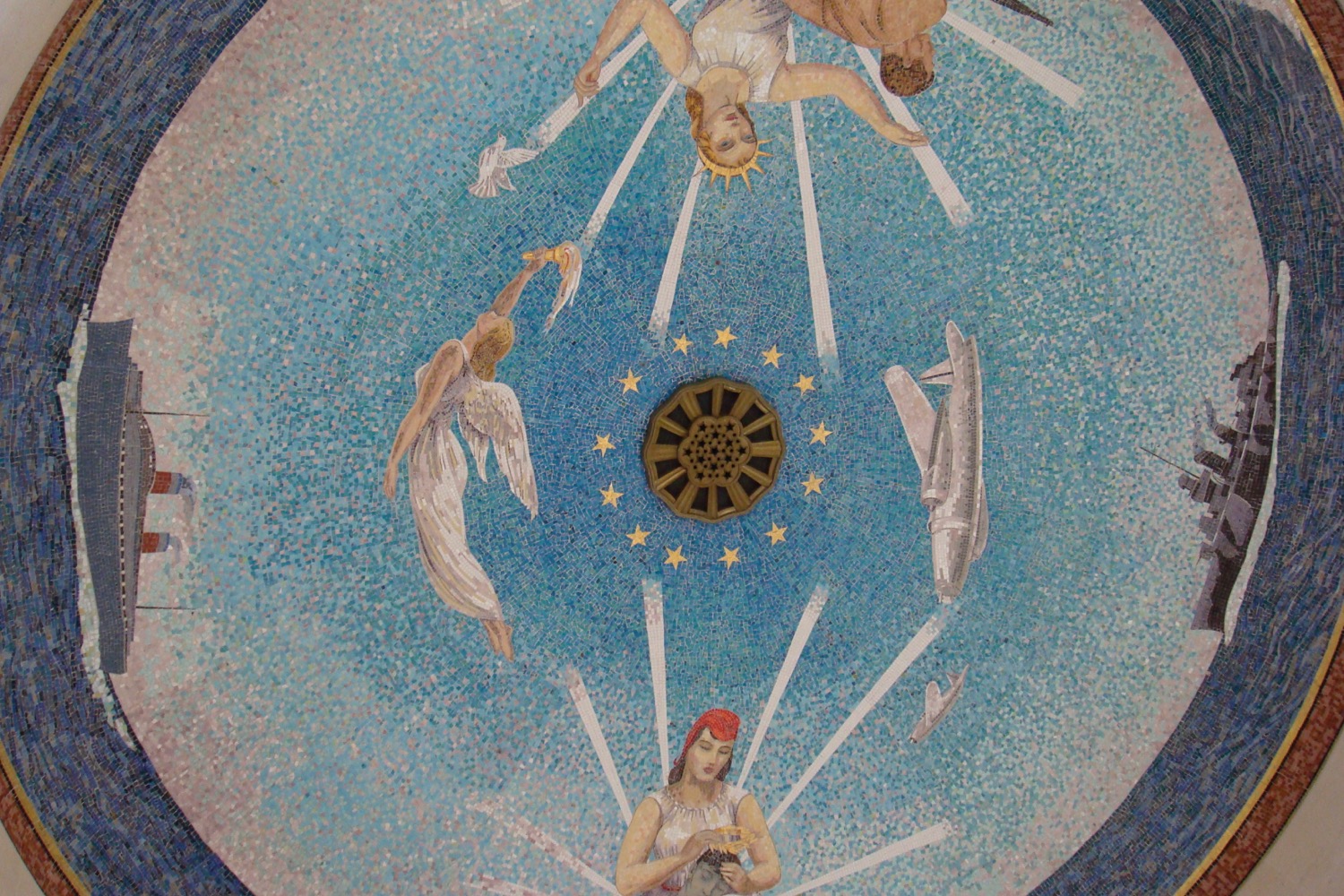

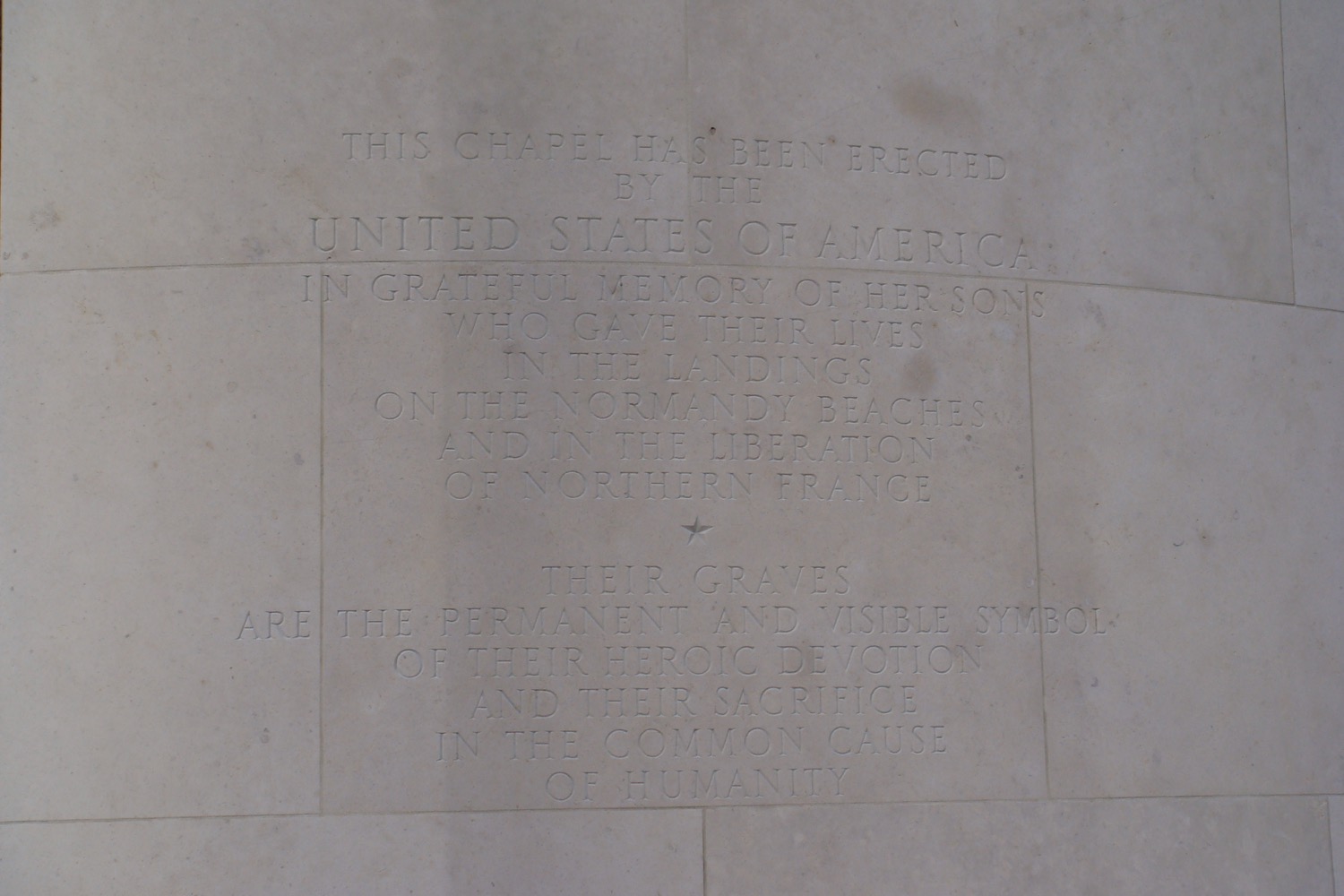
The memorial and cemetery spans 172 acres and includes 9,385 graves. Most deaths occurred during the D-Day landings on June 6, 1944.
Omaha Beach is below.
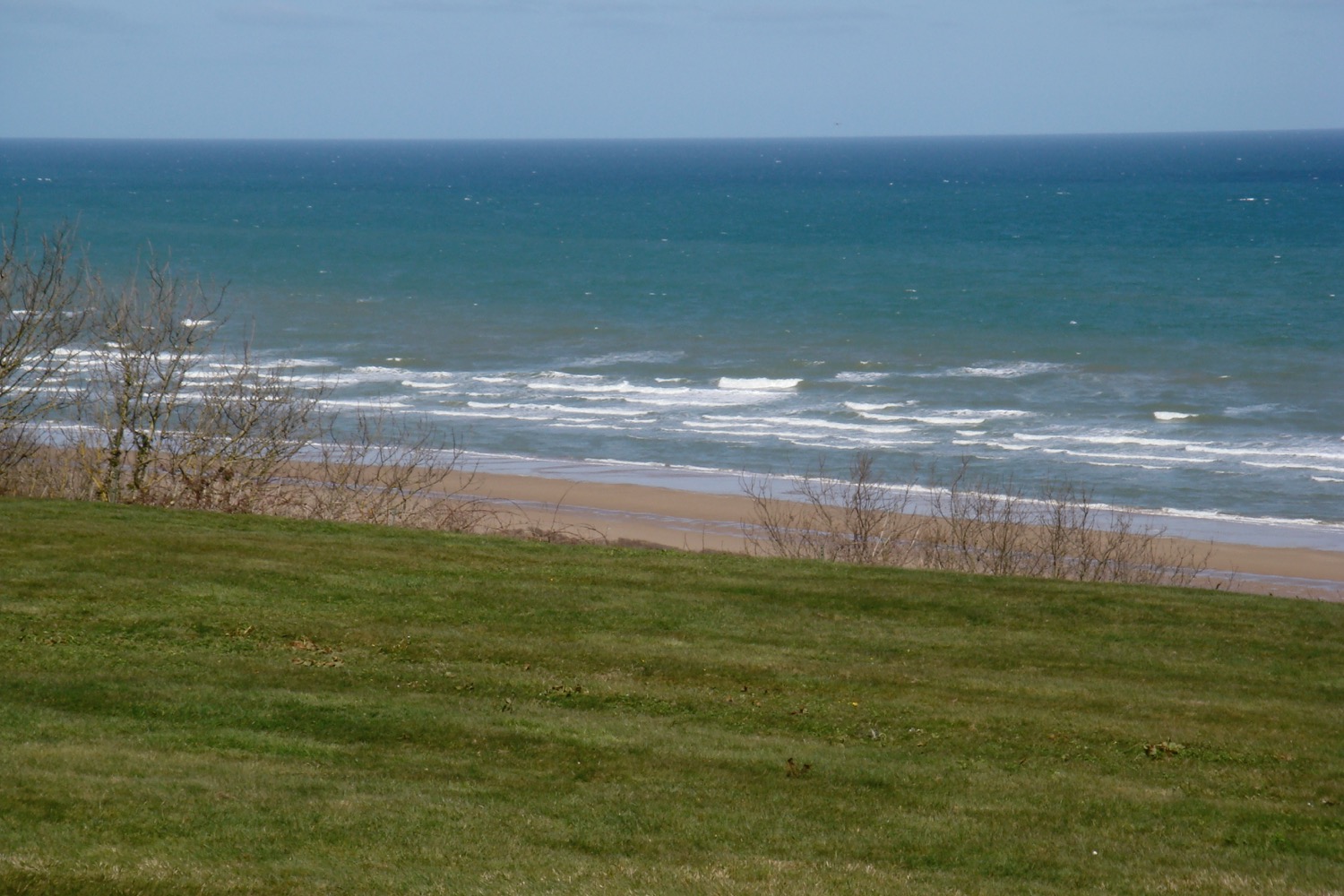
In addition to the cemetery and chapel, a beautiful museum re-tells the story of World War II.
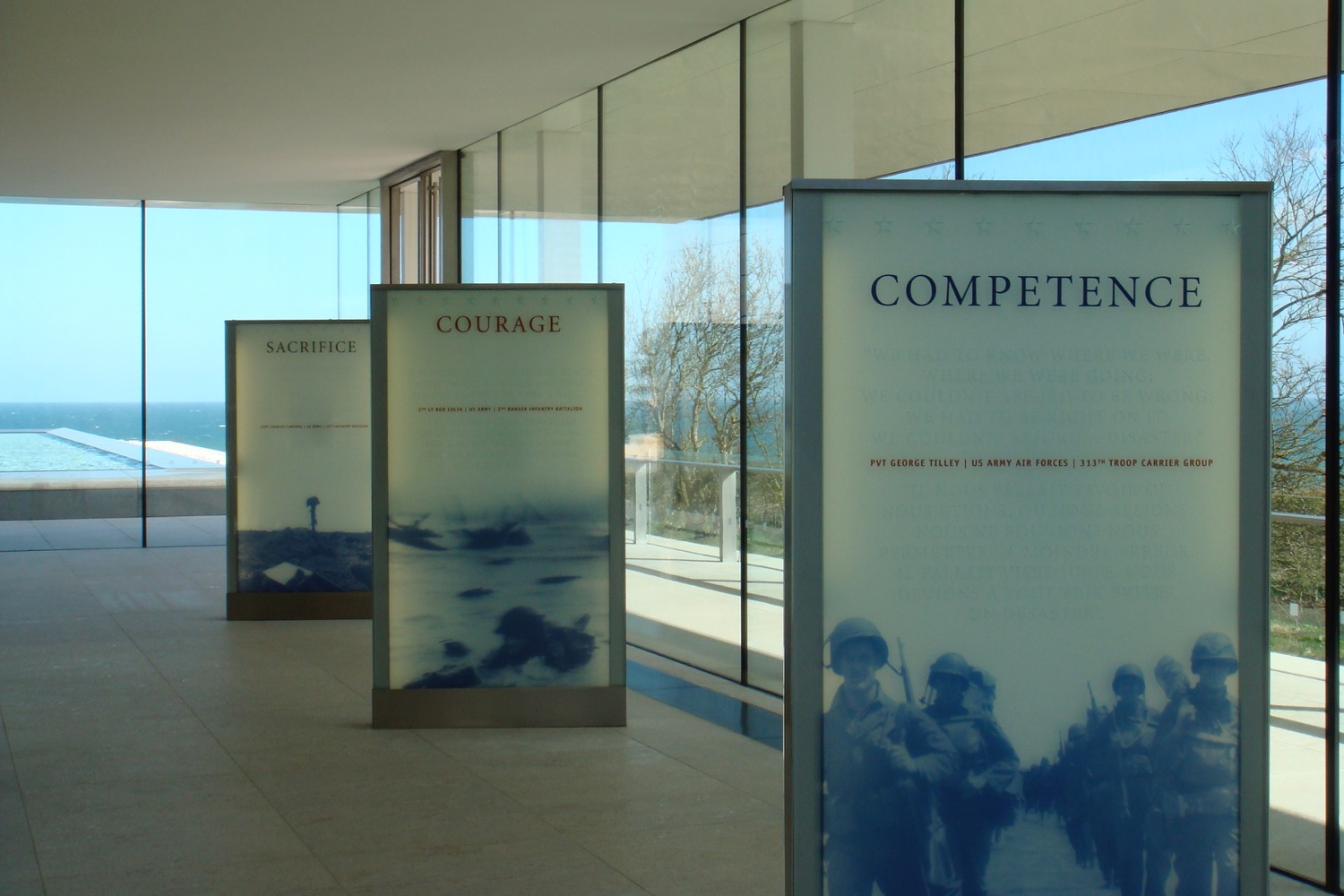

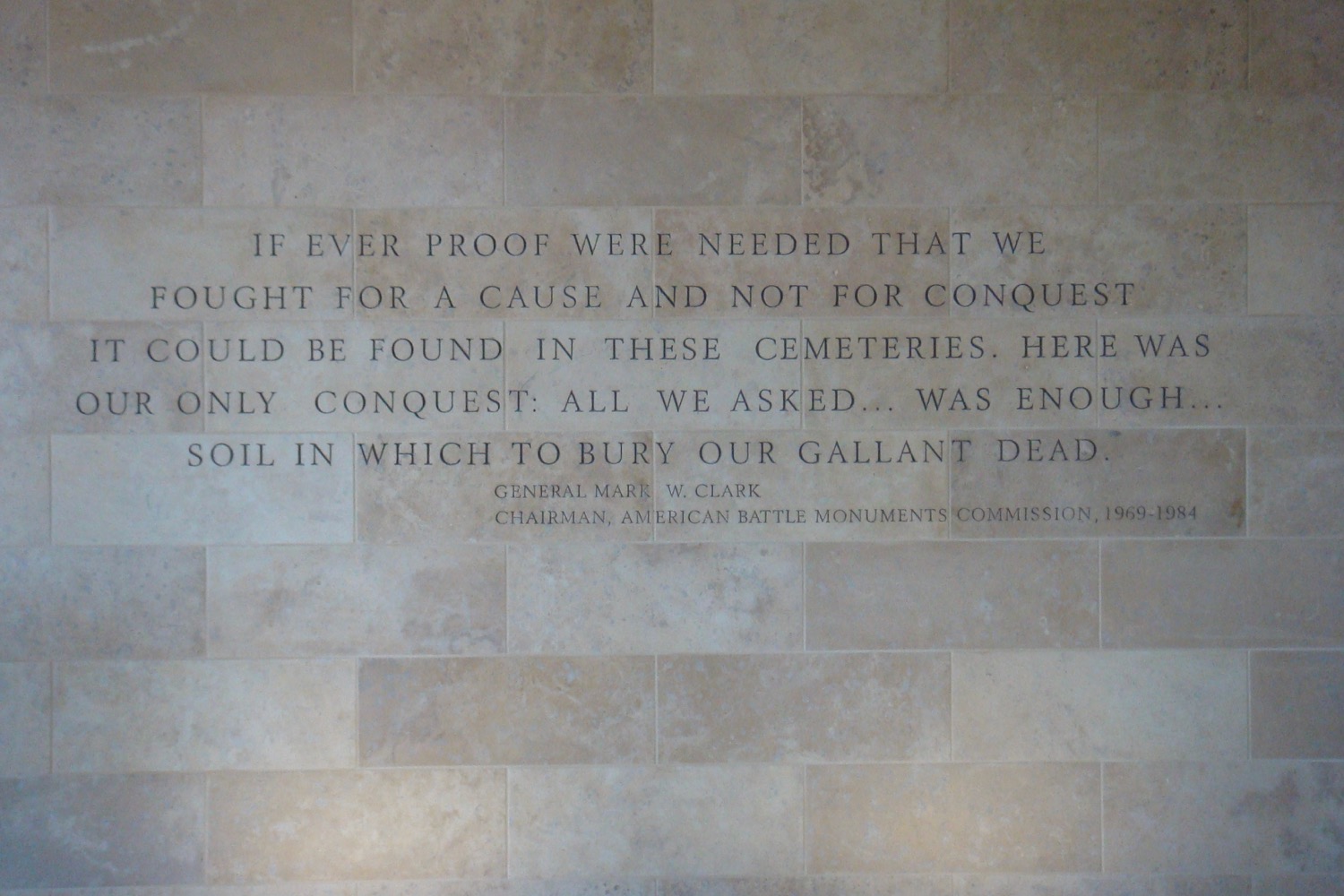
Visiting Utah Beach
We continued on to Utah Beach, another beach used by Allied powers during the D-Day invasion.

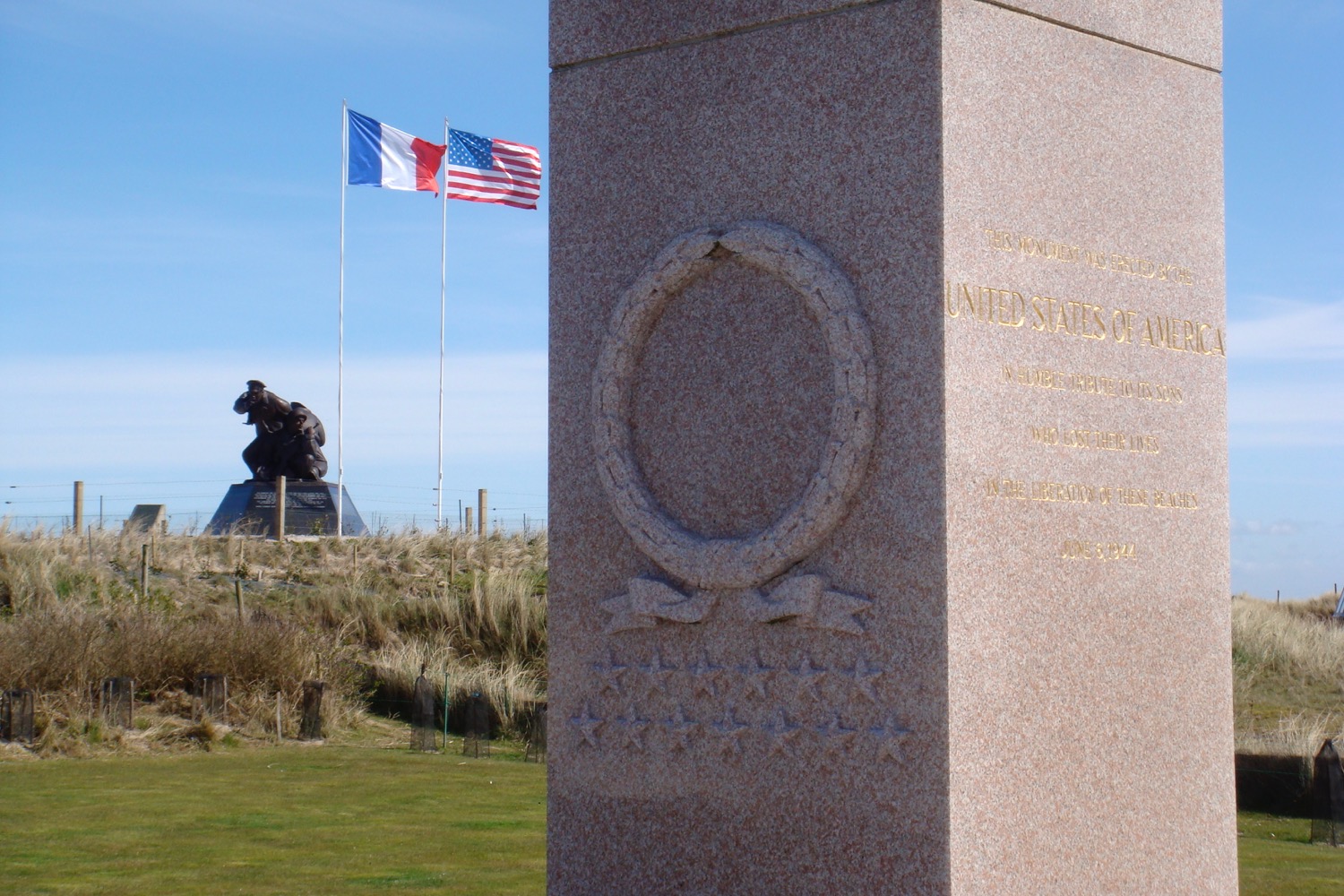

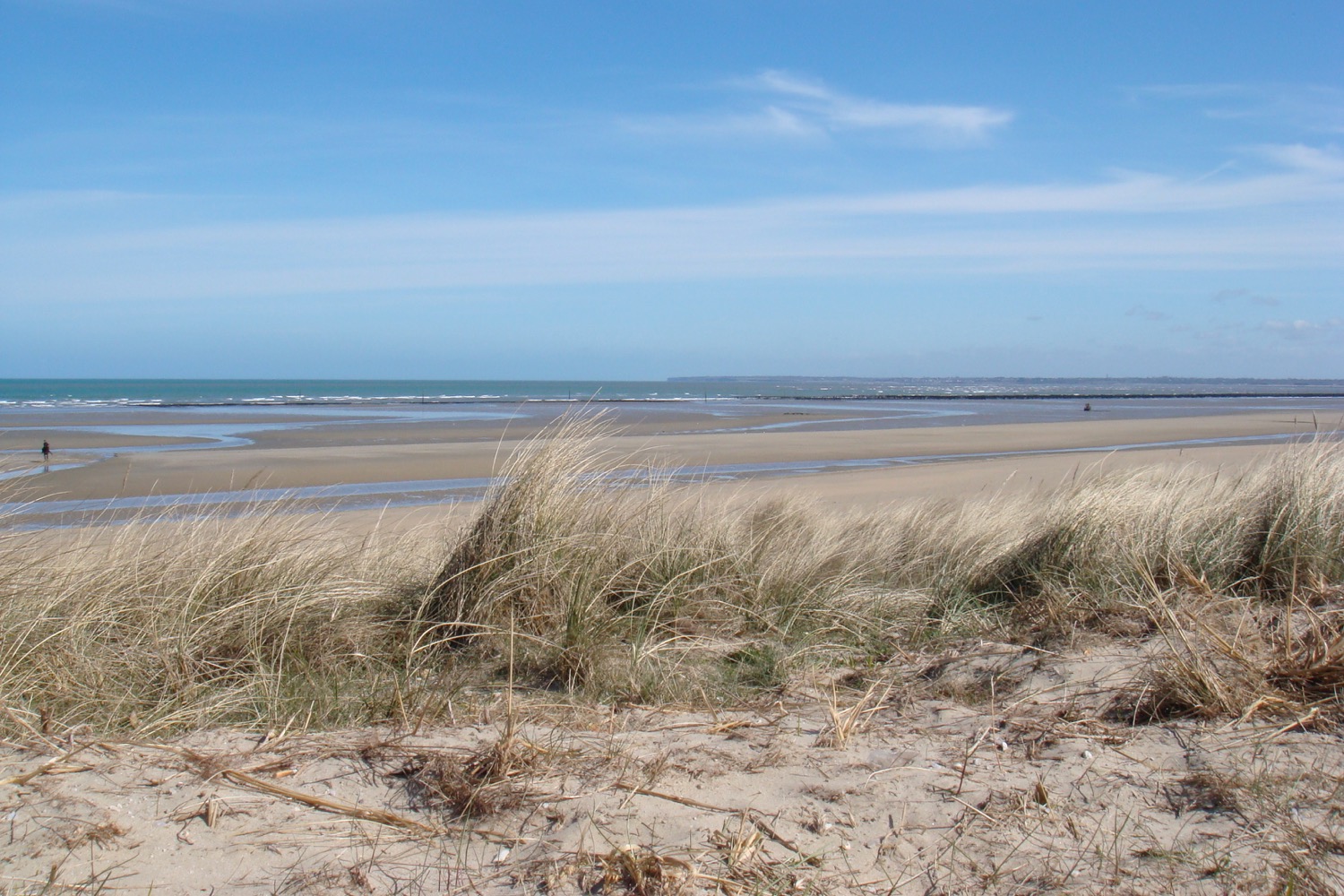
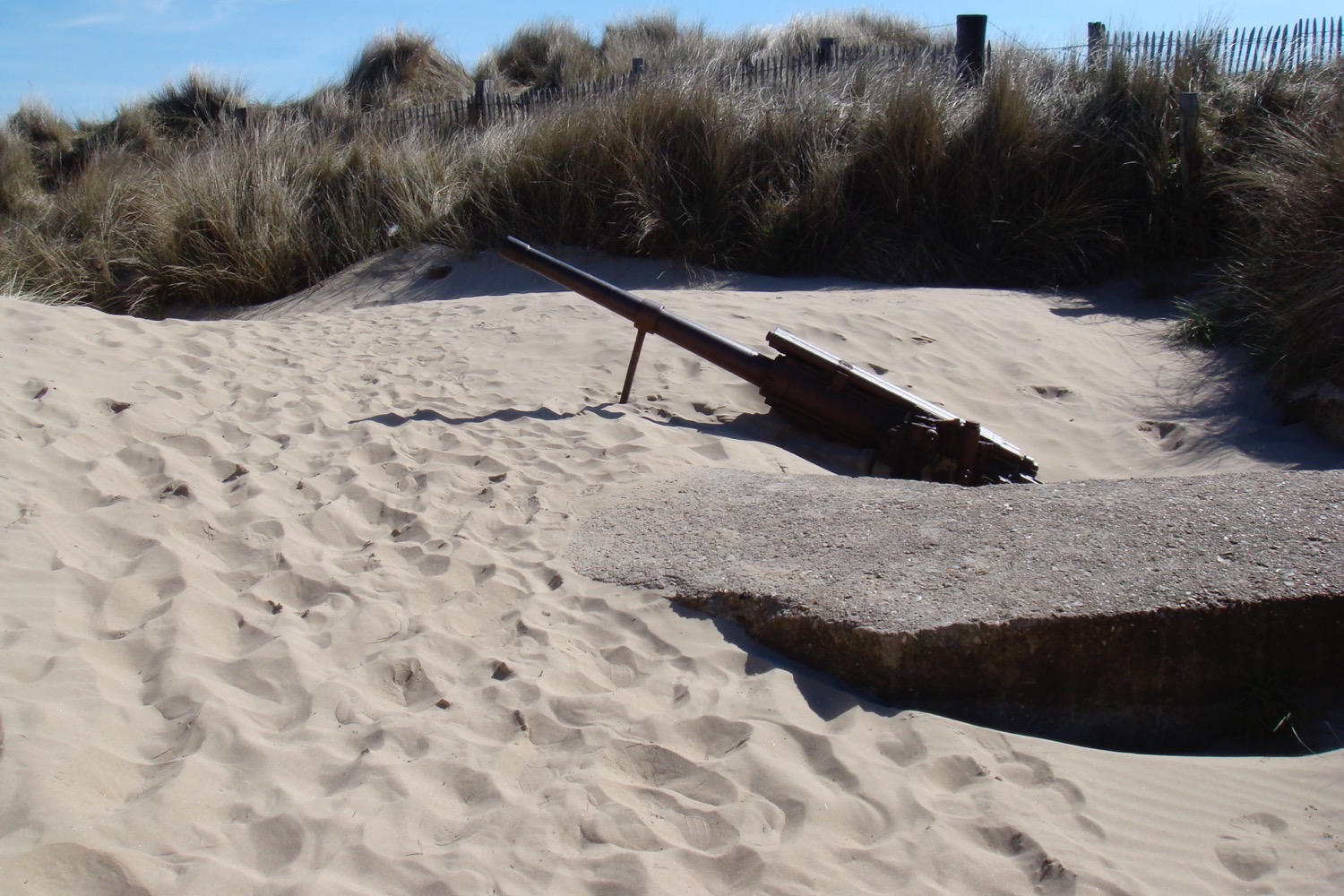
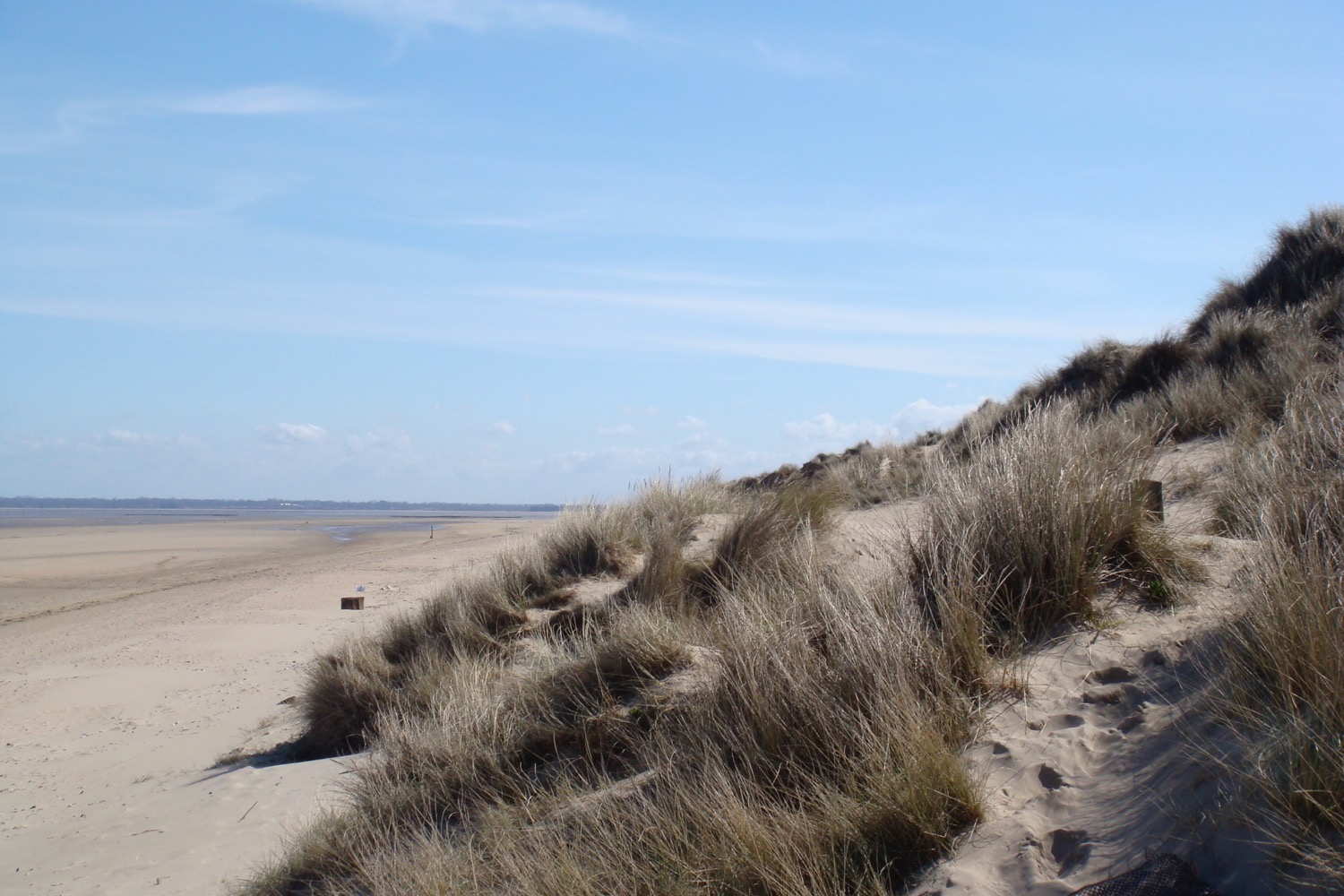
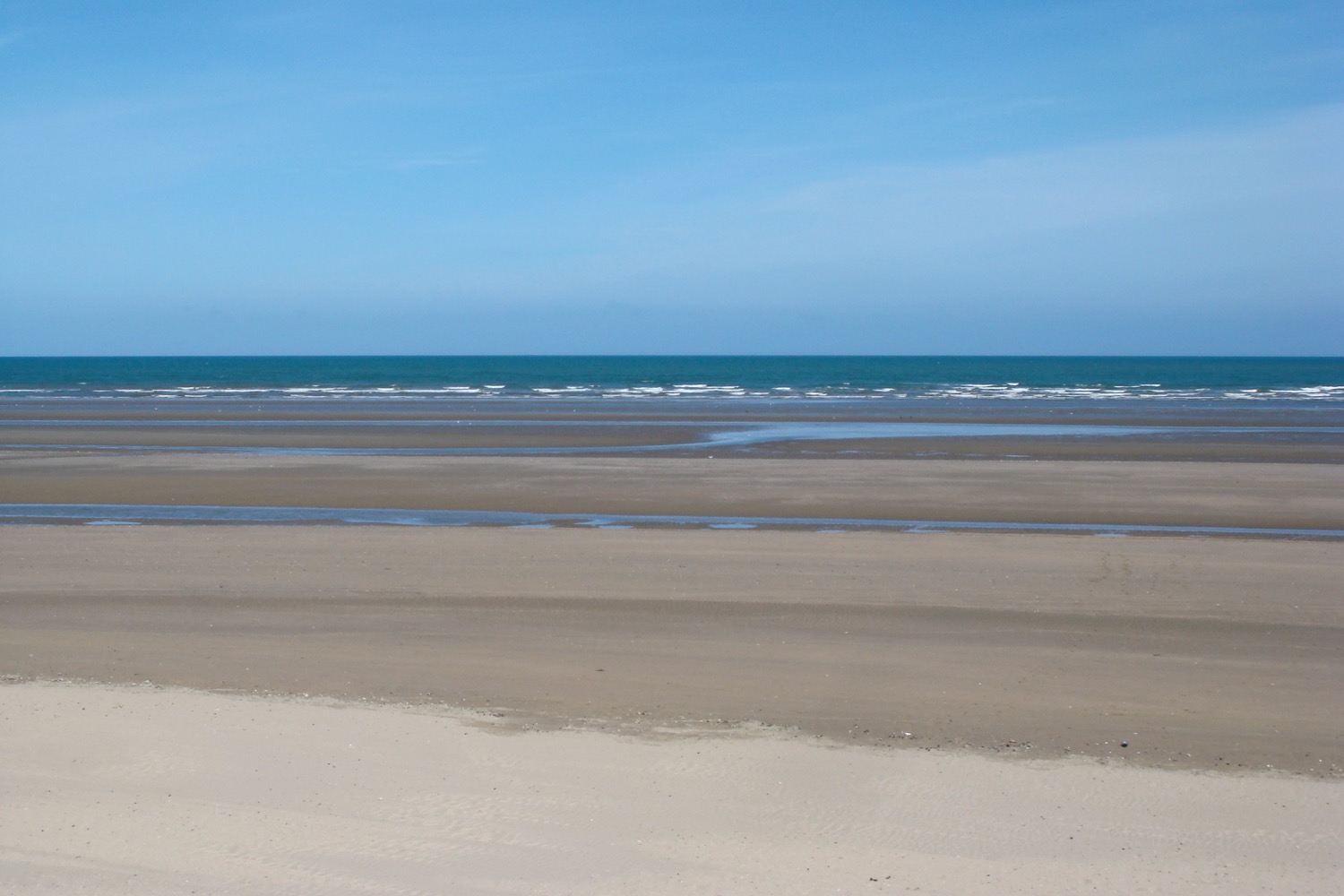
It was sobering to walk out onto the beach and realize that so many troops who landed on this beach never came home. On this day, the beach was calm. There were no other people around. It was surreal.
I’ll note once again that it seemed we had the whole region to ourselves. We passed very few other cars during the day.
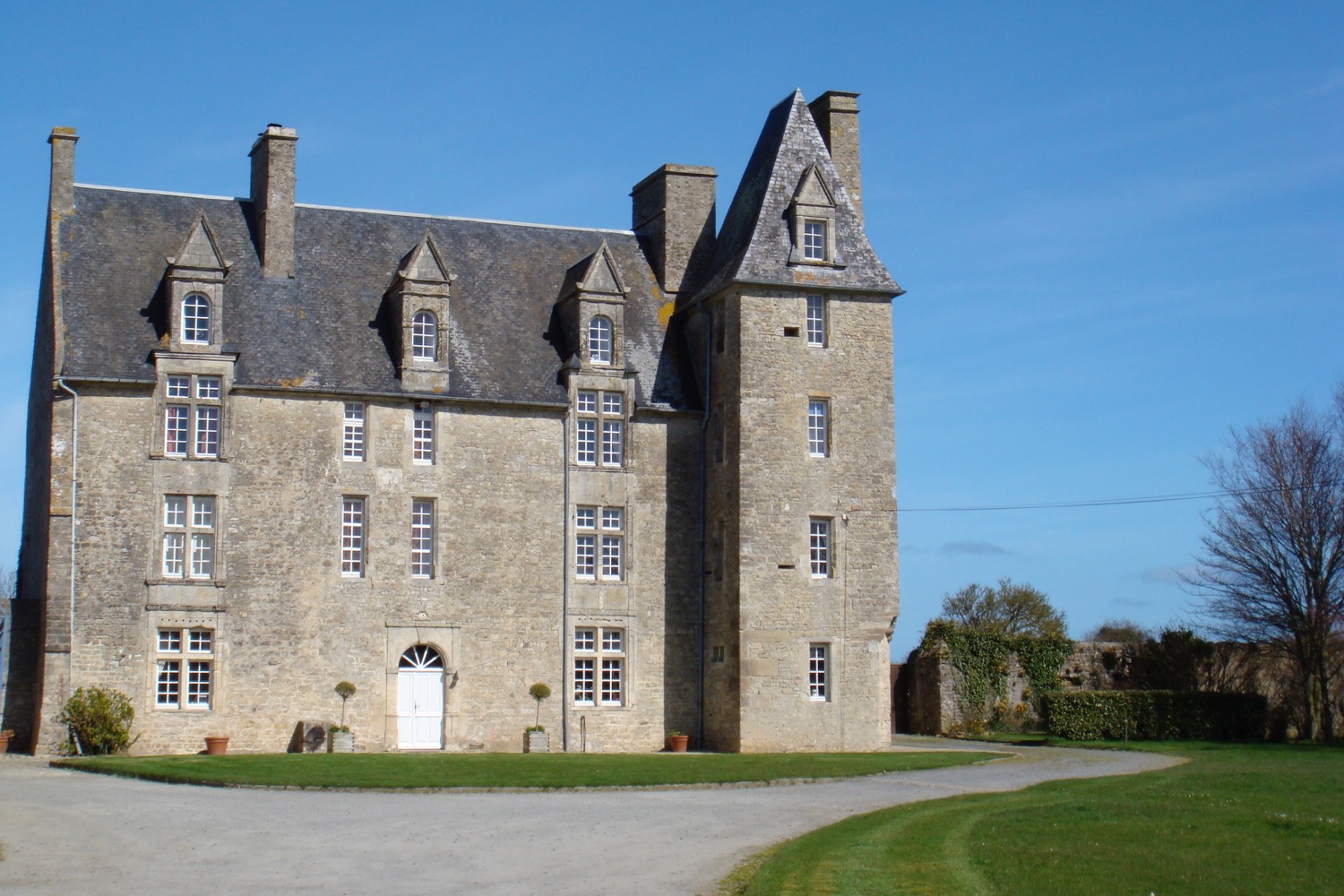
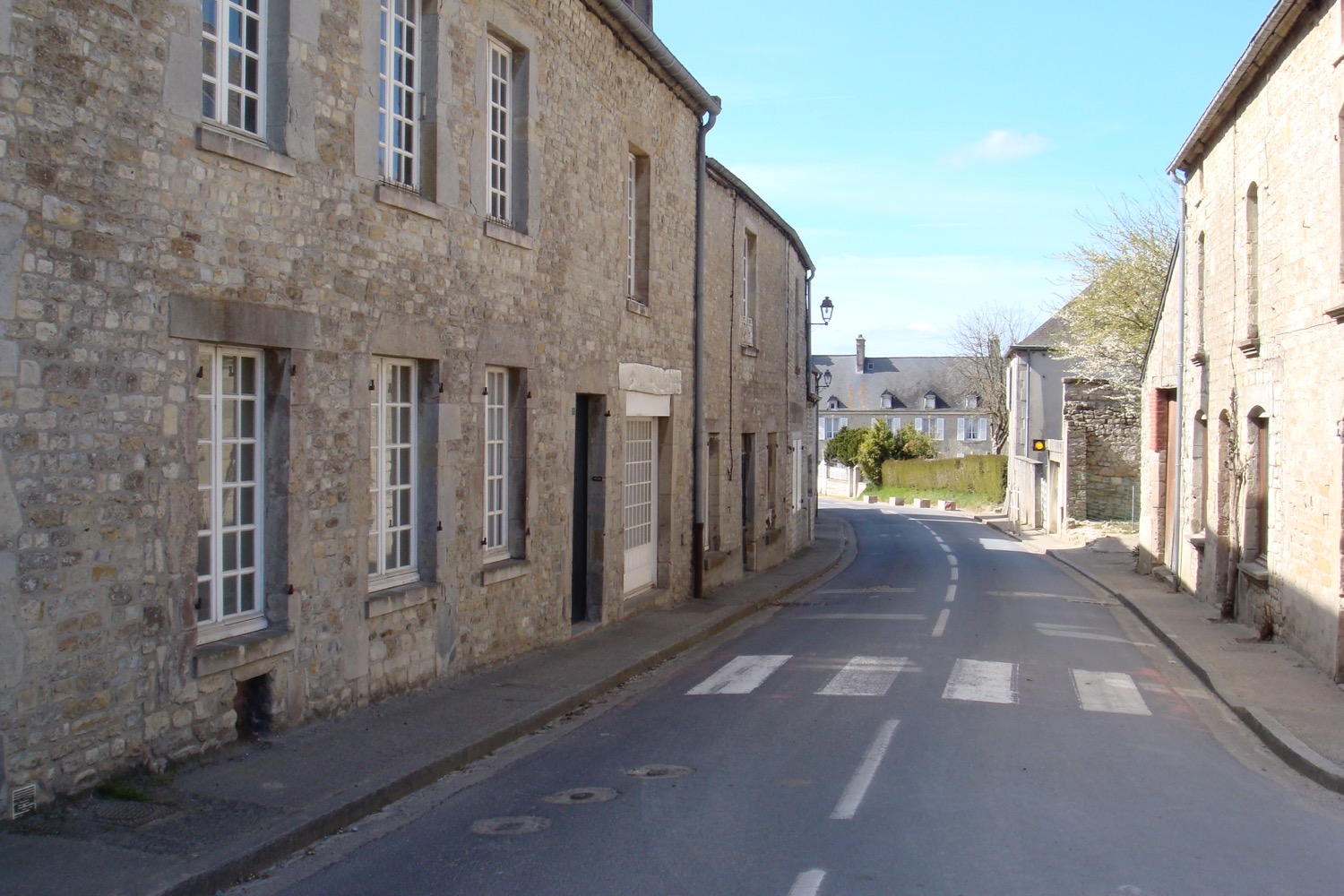

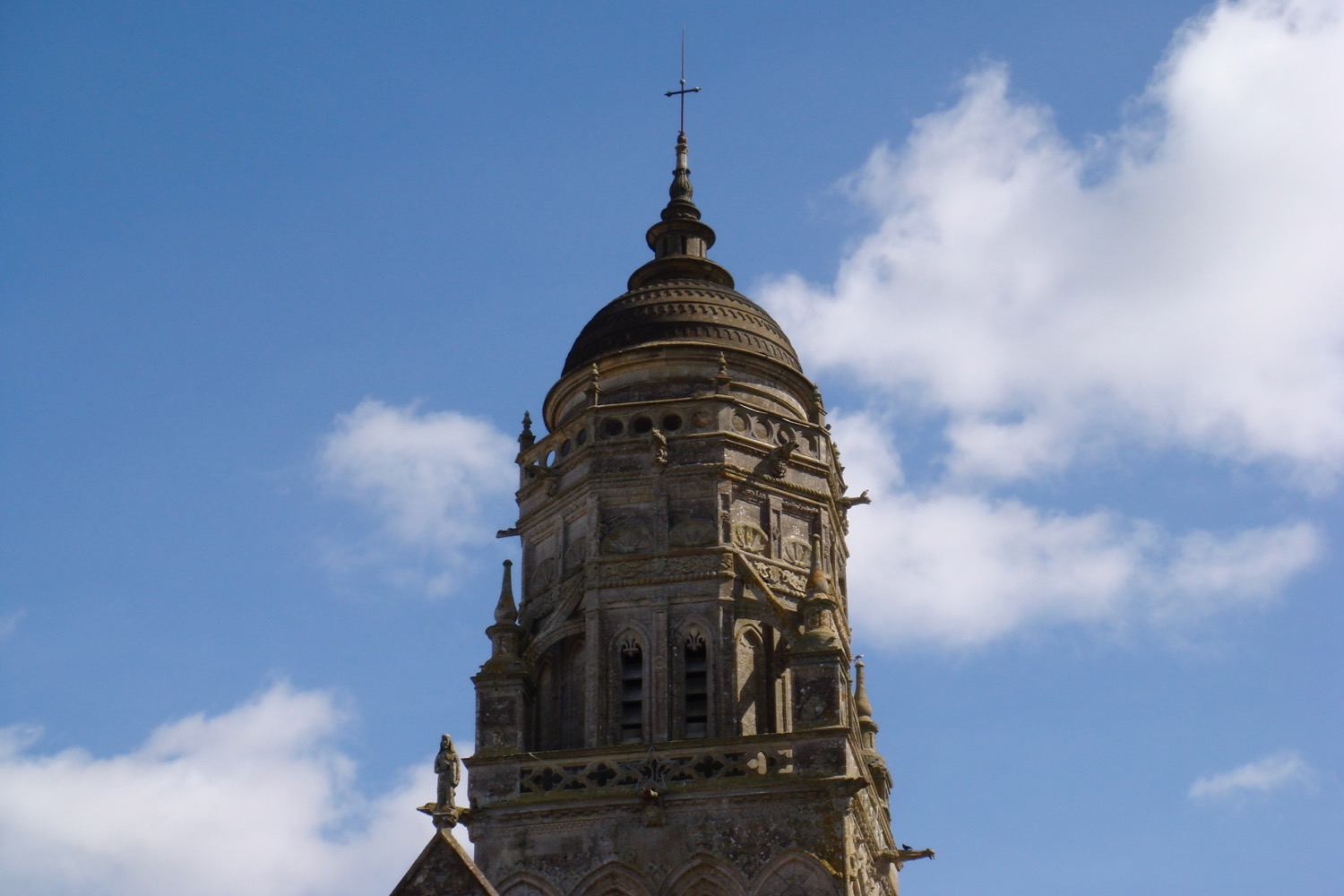



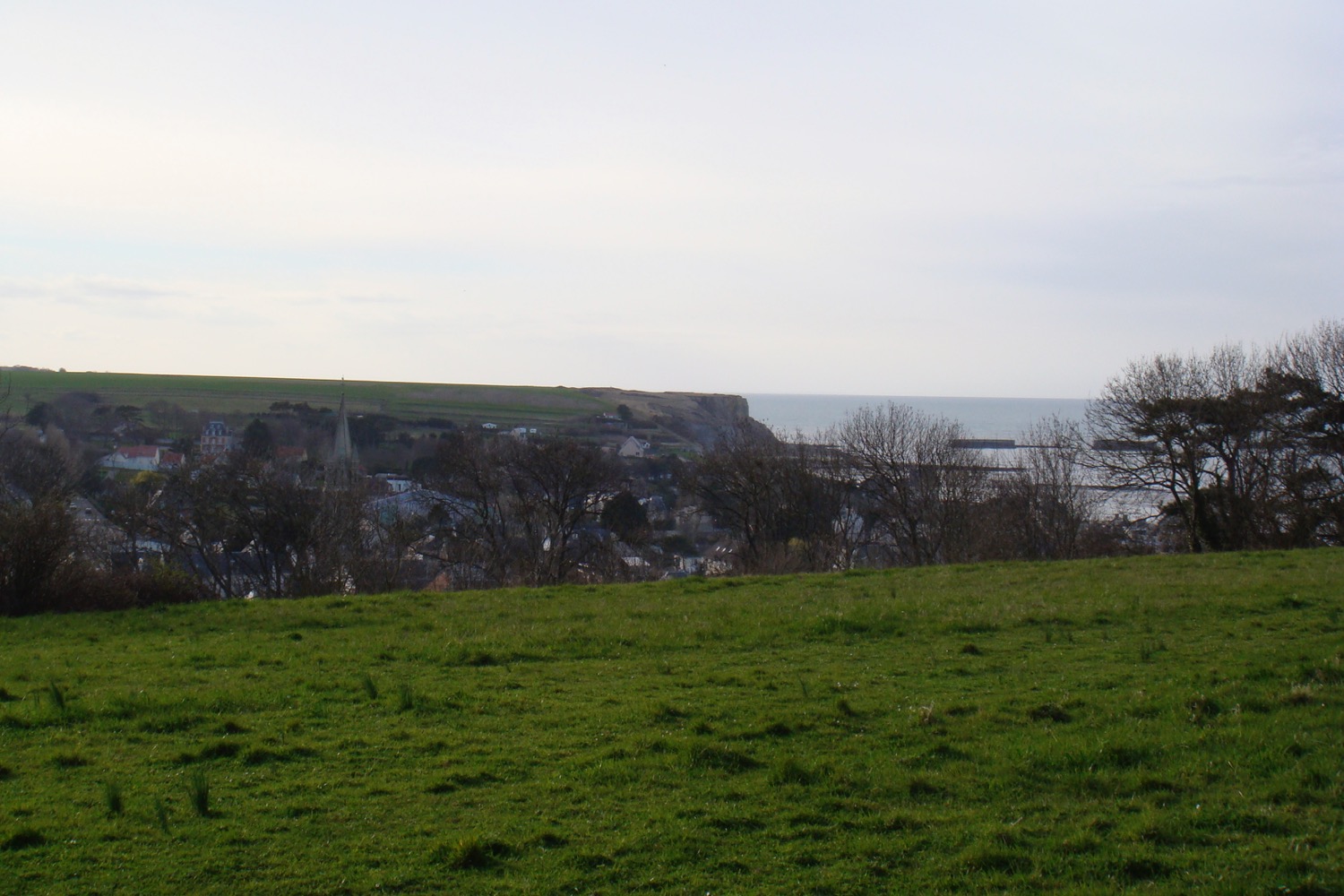

German Cemetery in France?
We drove through Bayeux and found a road sign for La Cambe German war cemetery. The Germans too? It was not part of the plan to stop, but we did.
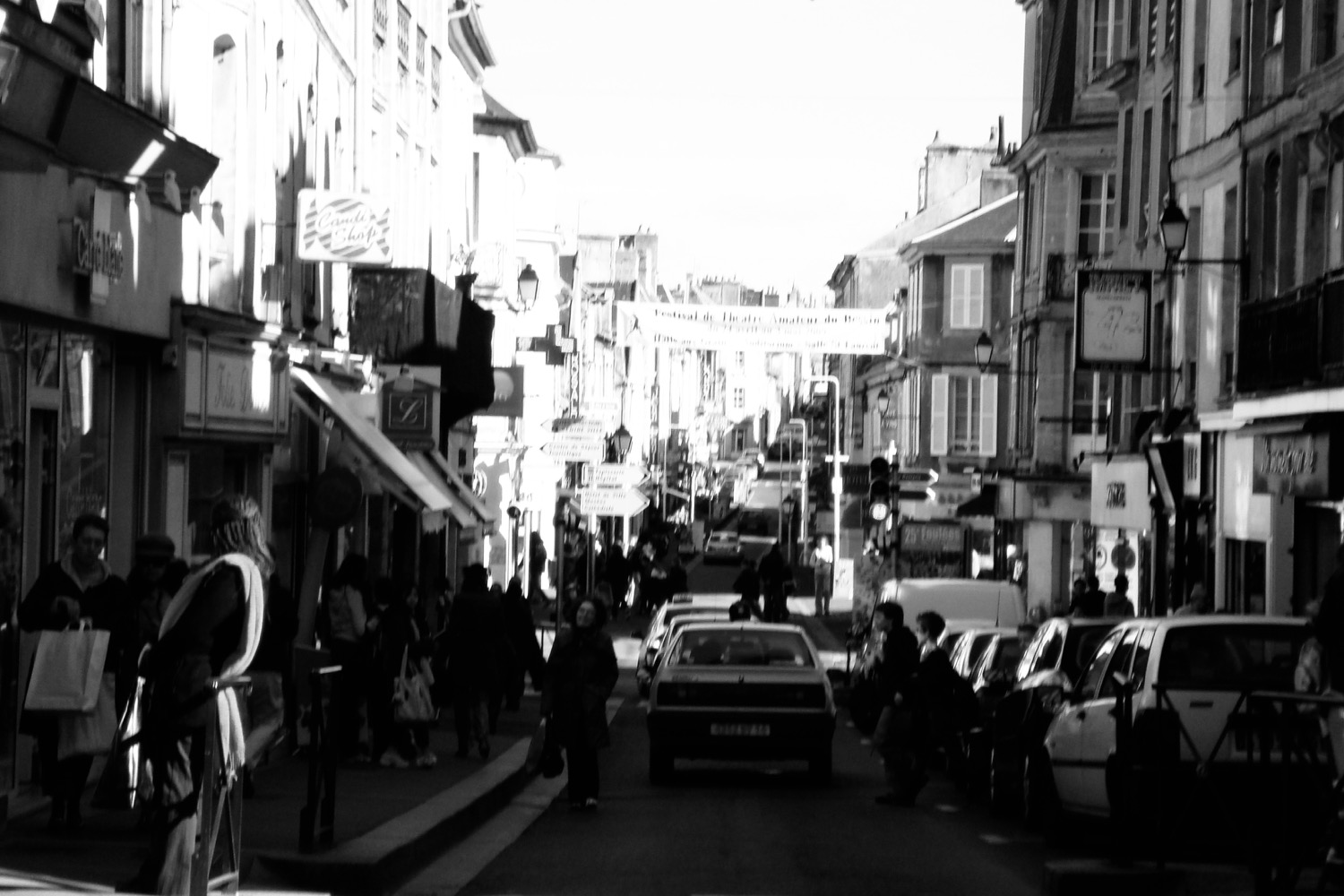
Ask yourself this: what do you do with thousands of body in the middle of the war? It is not exactly easy to bring them back to Great Britain, the USA, or Germany. Indeed, La Cambe was a battlefield cemetery, with Americans buried on one side and Germans on the others.
After the War, the U.S. opted to exhume its servicemen and move them to the Normandy cemetery or back to the USA. The Germans, which already had some World War I soldiers buried there, were granted control of this cemetery and have maintained it ever since. Over 21,000 German soldiers who died in World War II are buried there.

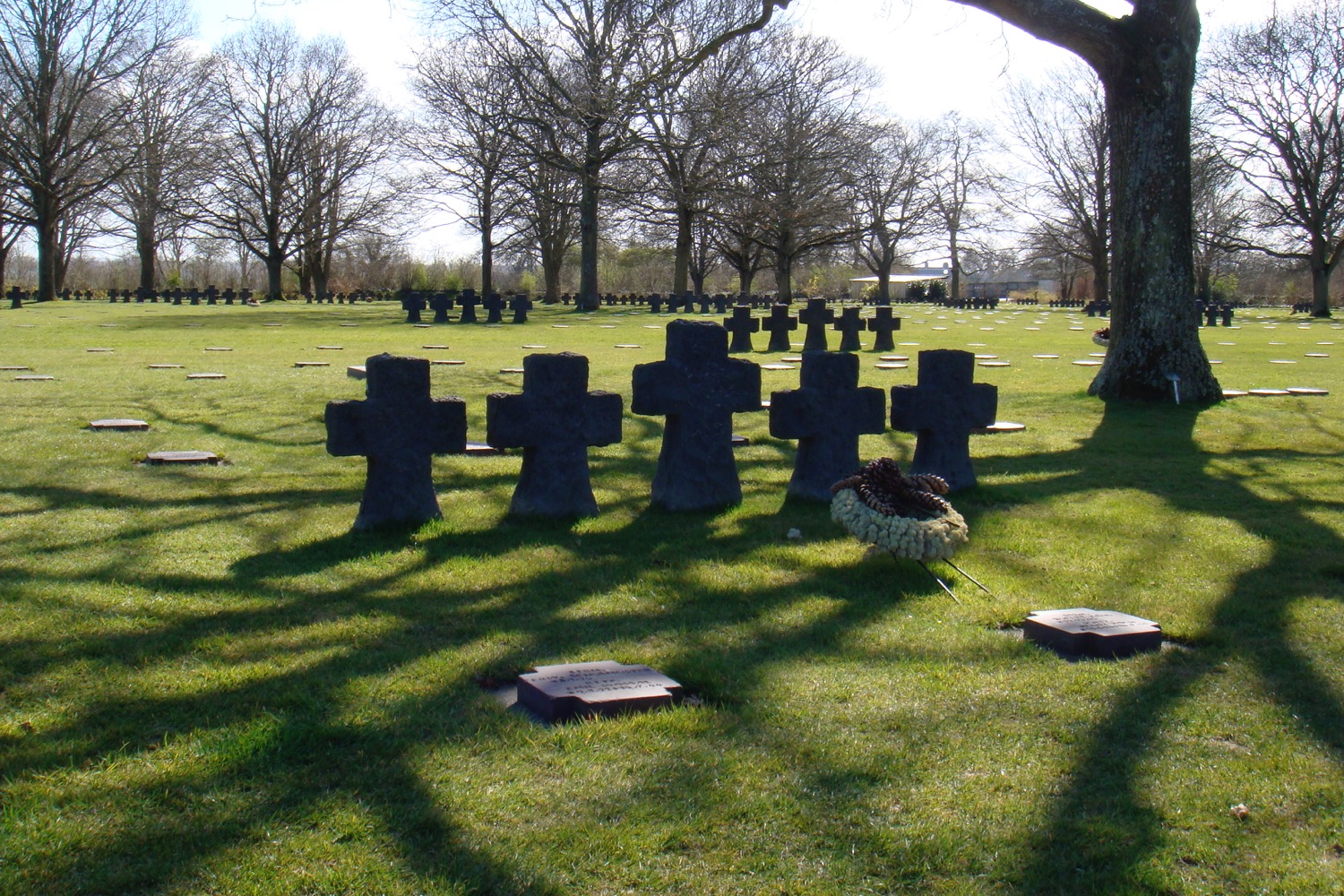



Visting Caen
Evening had set in and we drove back to Caen. We checked out Château de Caen, an ancient castle (built in 1060) overlooking Abbey of Saint-Étienne, a former Benedictine monastery.

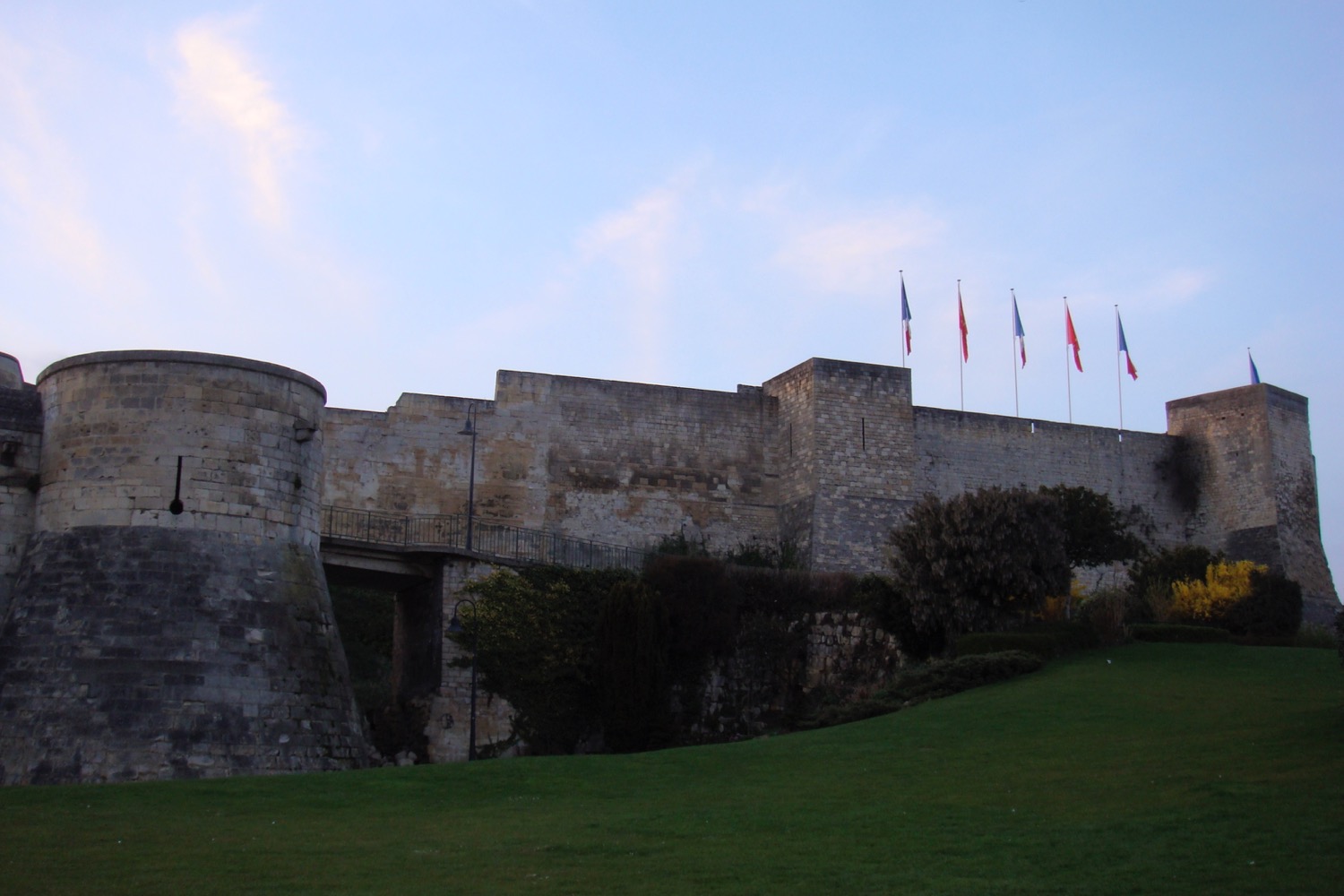


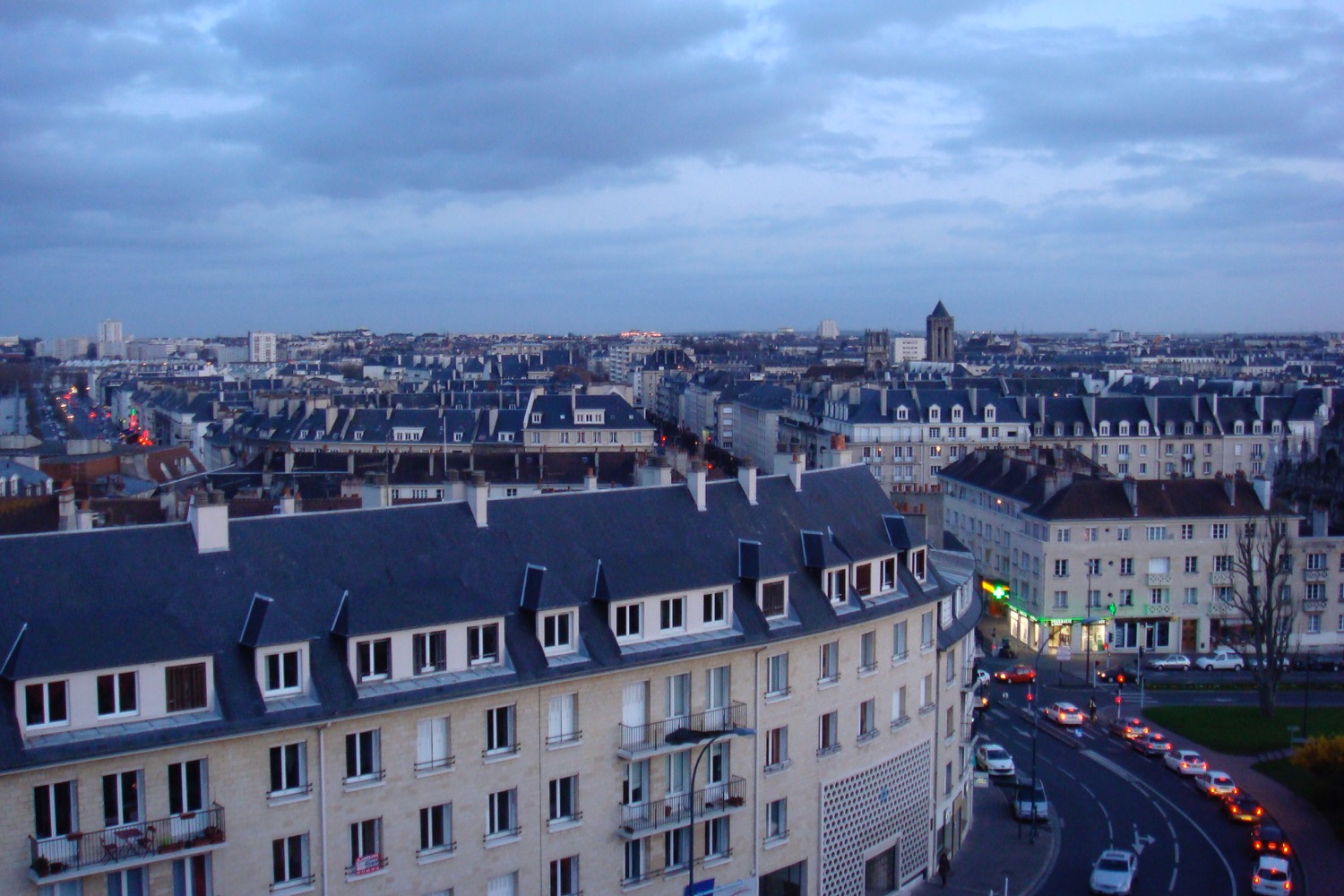
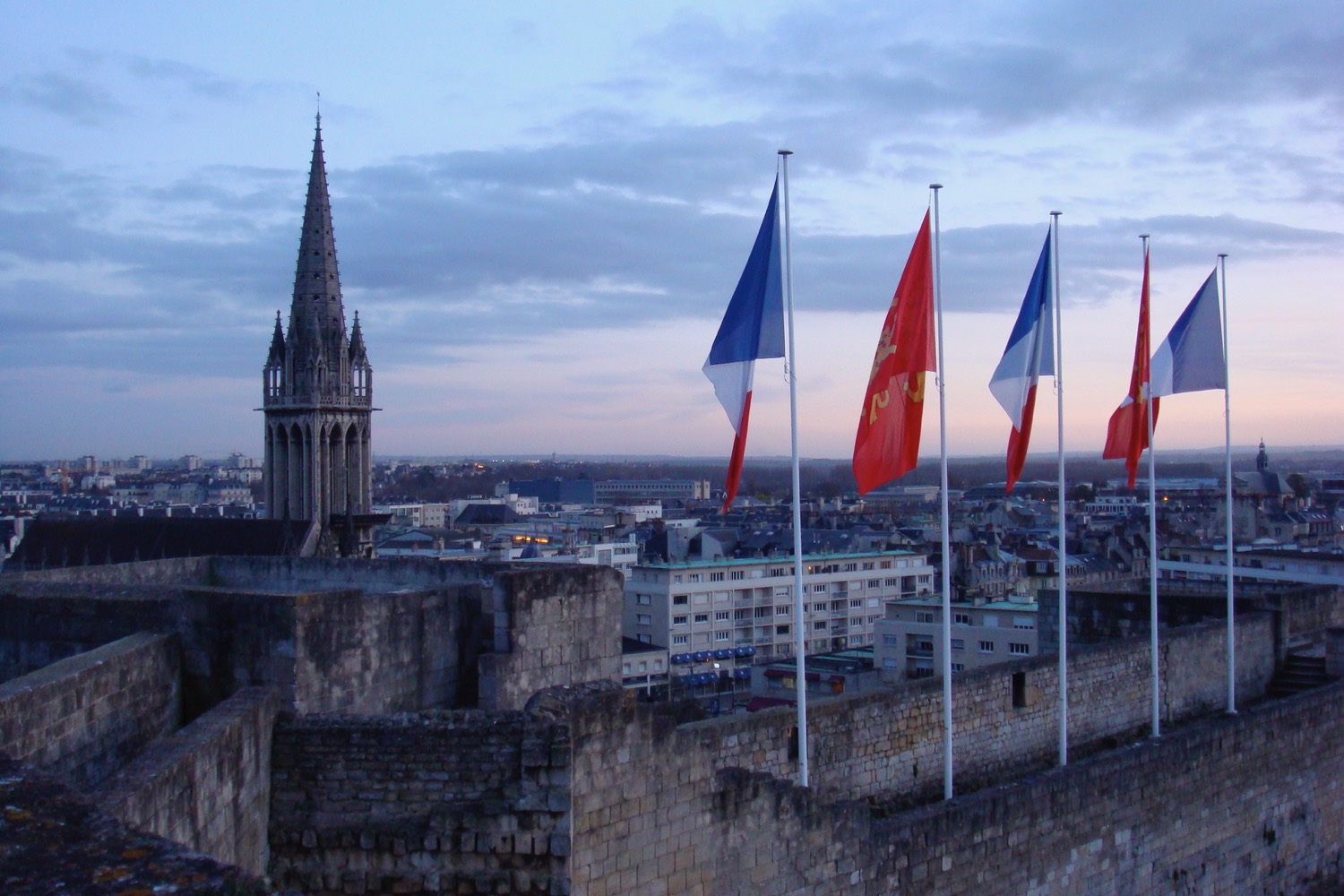
Dinner + A Scare
We found a restaurant nearby and enjoyed a nice dinner…before noticing we had lost track of time! There was just 30 minutes before boarding and were 30 minutes from the ferry port. Rushing off, we took several wrong turns (no navigation…we were just using a map) and genuinely feared we would miss our boat. But we made it. A couple stalls didn’t help.
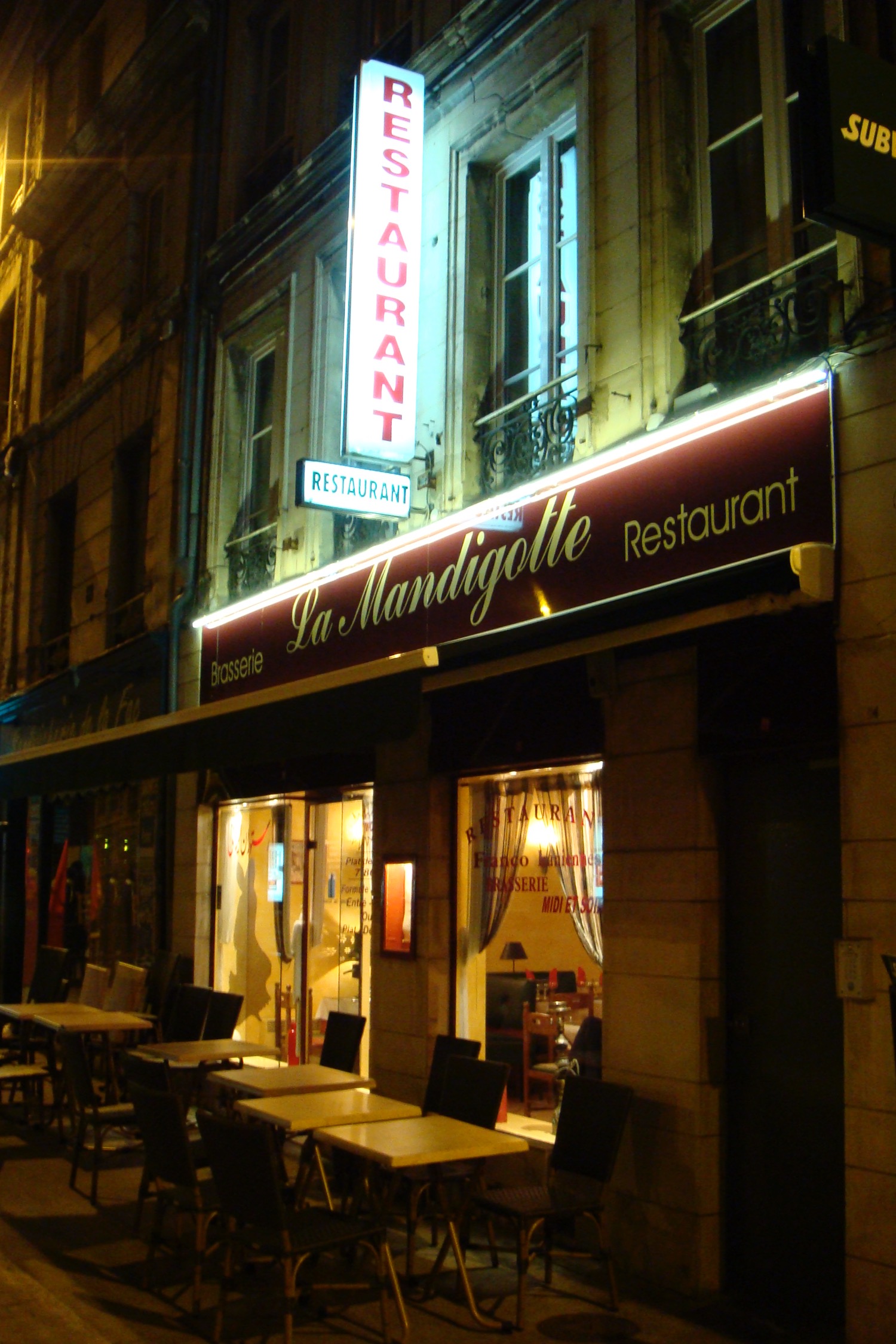
Returning the car was as easy as parking it in the ferry parking lot and leaving the key at the tourist information desk. Things are just a bit more informal in this region of France.
The return ferry left at 11pm and arrived at 6:45a: an extra 1hr45min over the outbound voyage. We slept much better.
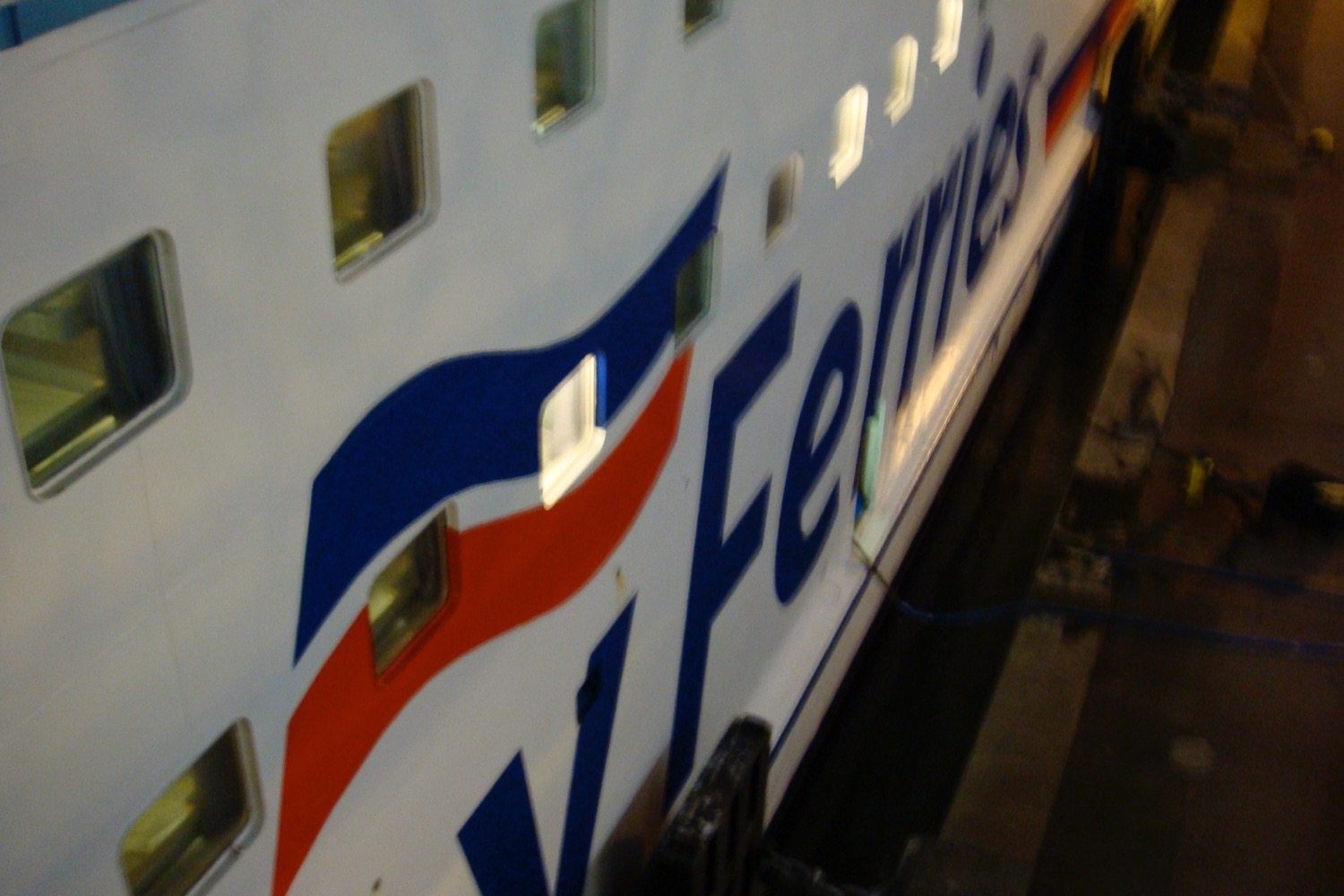

CONCLUSION
My trip to Normandy was one of the best day trips of my life. To see first-hand the World War II beaches and cemeteries was very sobering and meaningful. Both of my grandfathers served in the U.S. Army and to see where one served in France made the visit even more special.
We could have spent a lot more time here: this is a beautiful, laid-back region of France. We missed out on the Bayeux Tapestry and I would have liked to visit British, French, and Canadian cemeteries as well.
But make no mistake: even a day trip is worthwhile. This is a must-see region of France for anyone who is interested in World War II. And the ferries? They worked out splendidly.

This is a trip I’ve made a few times in my life and will be again this week. It’s well worth it just to remember the fallen including an uncle I never knew and there is so much more to Normandy too. You can easily fill a week or longer.
Brittany Ferries operate two excellent ferries on this route, I think Matthew was on the Normandie which is still in top notch condition and I’ll be on it later this week. The alternative is the newer Mont St. Michel which is even smarter. If building goes to plan the Normandie will be replaced this time next year by the brand new Honfleur which promises to make an excellent experience even better.
The statue of the lady looks like she has a grip on the feet of the eagle .
Very commendable, honoring the brave people who fought during that critical moment in history.
Matt,
Great travelogue, great photos, and great trip. No doubt it will remain at or very close to the top of your favorite trip list forever 🙂
I took my mum to Europe in 1999, and Normandy was one of our stops (we drove there from Paris). Normandy wan wonderful and, indeed sobering. Very friendly folk there, and fantastic food as well.
These places are sobering yet not necessarily sombre. I make a point to visit them where possible, not to be maudlin but rather to try to understand a bit better. The French do a pretty amazing job of recognising the sacrifices others made , in both world wars, through the maintenance of these sites and the education facilities linked to them ( with the support of foreign govts).
Normandy is truly beautiful at any time but especially so in winter.
Thanks for posting this. An excellent report. I have been to the American Cemetery in Luxembourg and it was very moving. I need to get to Normandy!
Thanks, Matt
I visited the American Cemetery during an afternoon driving back from Coutances to Paris in 1999 or 2000. I also visited a Ranger Cemetery. For my experience, in the windy cold in February, a frozen camera still couldn’t do justice for the images I was seeing. I was lucky enough to have time to just drive and stop and look at all the historical sites and vistas. Blown open German pillboxes, craggy cliffs, the powerful imagery of the American Cemetery as you’ve captured them…
Again, thanks for the memories.
Best post of the week! Thank you. I will return later today to re-read this fine article.
A way I would like to go is to fly to Jersey, see that place then take a ferry to St. Malo, France, renting a car in France.
About manual transmissions, this will be a problem for Americans. Fewer and fewer drive them. New car sales are about 99% automatics or higher. Even the few cars that have manuals available, maybe 2-5% are manuals. Soon, Americans will travel to Europe and be unable to drive many of their rental cars.
I was once in a similar situation. There was so many Americans waiting in the car rental office for automatics to be returned and re-rented. The office clerk asked if I would accept a manual because, if so, a car would be ready immediately. Sure! I might have saved 2 hours?
I’ve been to another American cemetery. It is so quiet. No visitors. The lawns are so manicured. RIP
My family and I spent four days in Normandy 10 years ago. We stayed at a wonderful B&B called La Ducrie run by two British ex-pats, Joe and Vivienne. Joe gave us a couple of handmade maps so we could do a self-guided tour. We watched Saving Private Ryan the night before to remind us of the cost that day. It was easy to imagine D-Day at Utah Beach and Pointe Du Hoc. Omaha Beach was just a normal public beach now. You’d never know what happened there by looking at it.
Thanks for posting this! We took a guided tour from Paris to Normandy, and my mother in law really would like to visit Normandy.
Thank you for sharing this again.
Wonderful trip, thanks for sharing. I stayed 4 nights in Caen in 2007 with my grandfather who was retired British Army. Went through all Dday beaches, cemeteries, Pointe du Hoc, Caen, Bocage, St. Mere Eglise, Pegasus Bridge and so many more. It was fascinating to do this on printed maps just before phones and GPS became widespread as we happened upon so many historical gems that we would have never seen otherwise. I sadly missed out on going in the lovely Gondree Cafe as gramps insisted on using his old army cooker to make tea as we got pounded by rain and wind outside…even after I reminded him he was a Major and shouldn’t be slumming it!! It sure looked warm in there from across the road! Definitely an area I’ll return to.
Wonderful report but I would urge you to go Brest next time and visit the home of crepes/gilletes.
Wonderful report but I would urge you to go Brest next time and visit the home of crepes/gilletes. Not to mention an incredible submarine base and aquarium.
Such a meaningful experience. Do you think a single day is enough to truly appreciate the D-Day sites, or would you recommend staying overnight ?
An extra day would have been preferred.